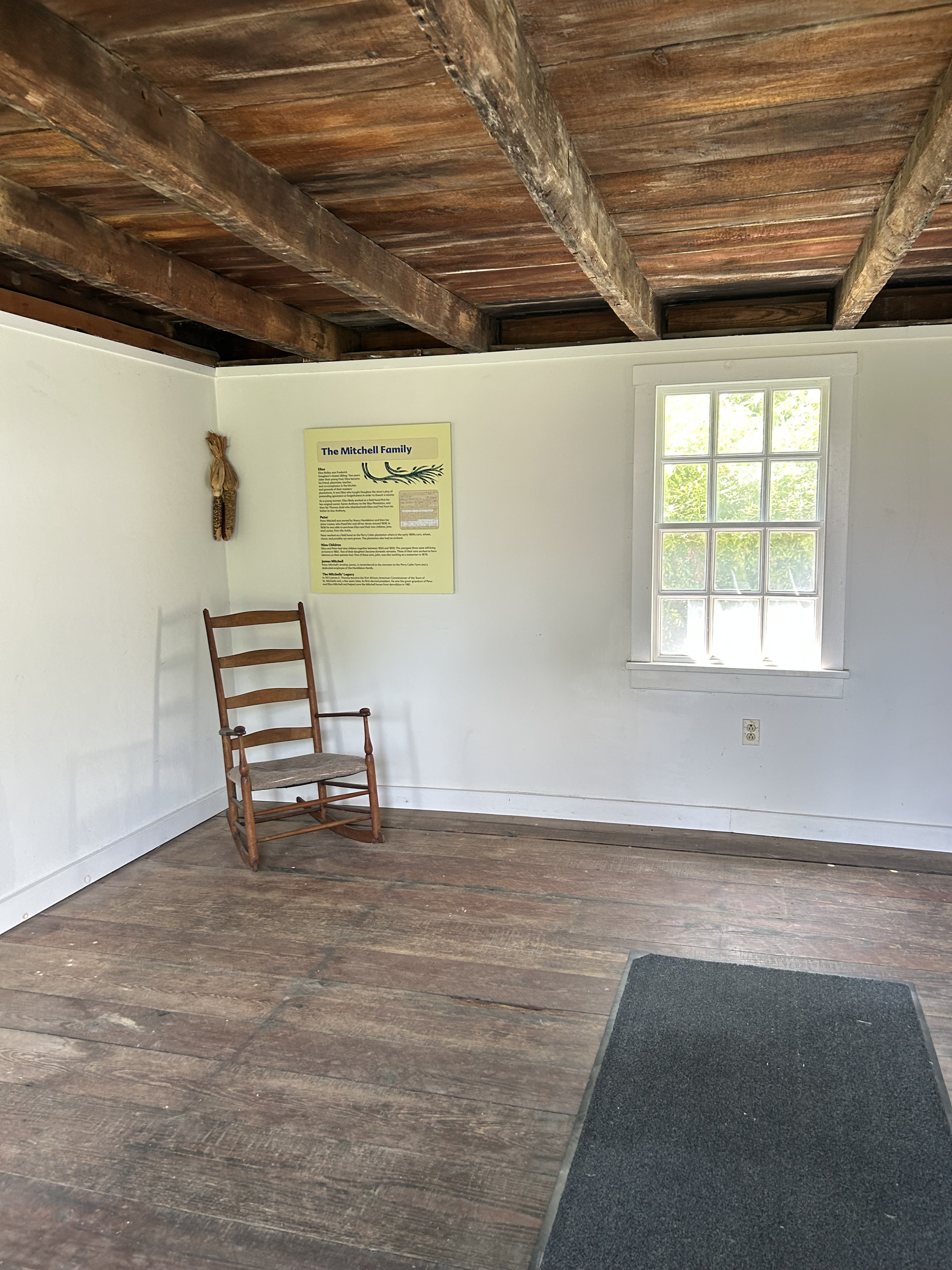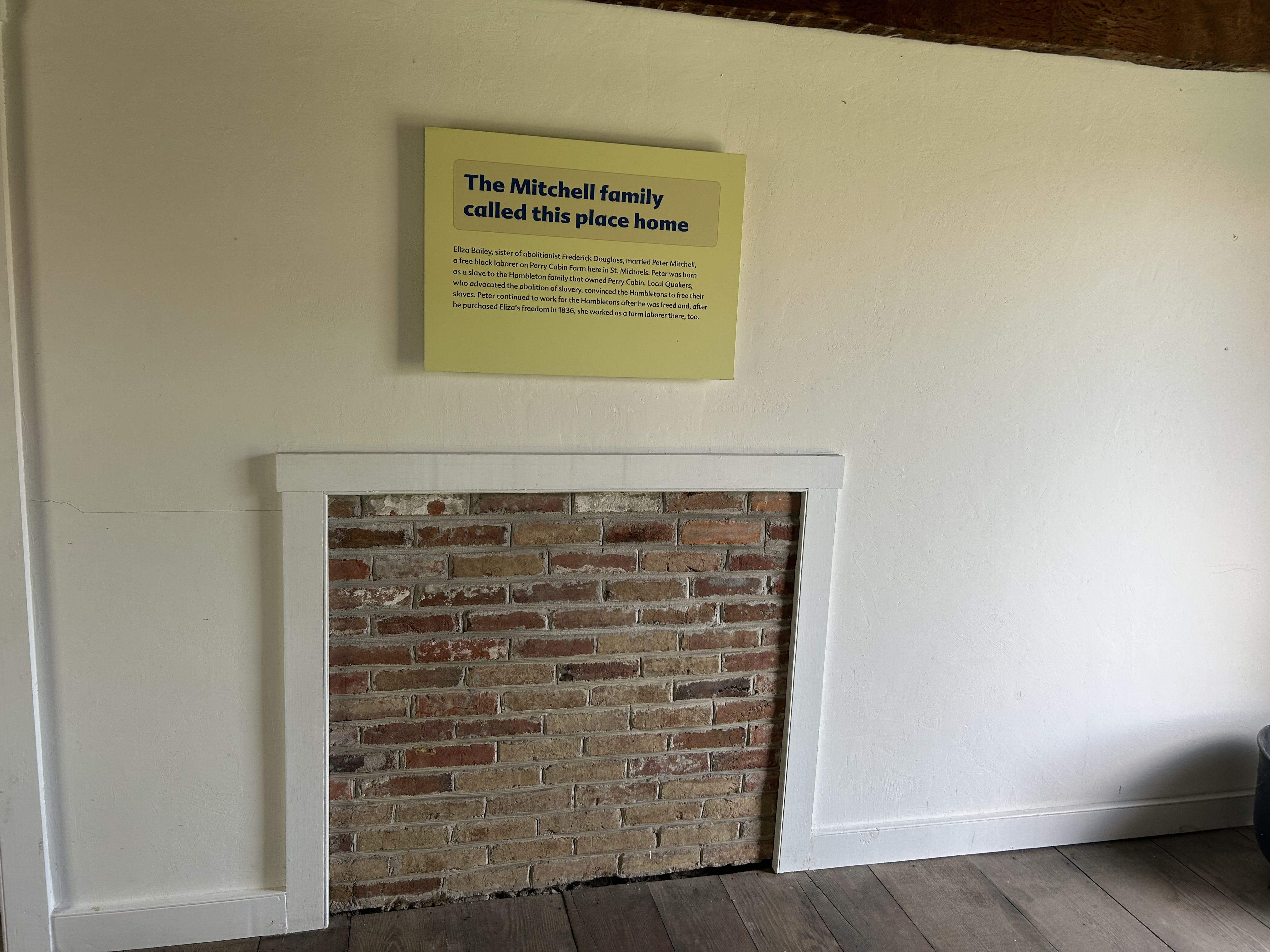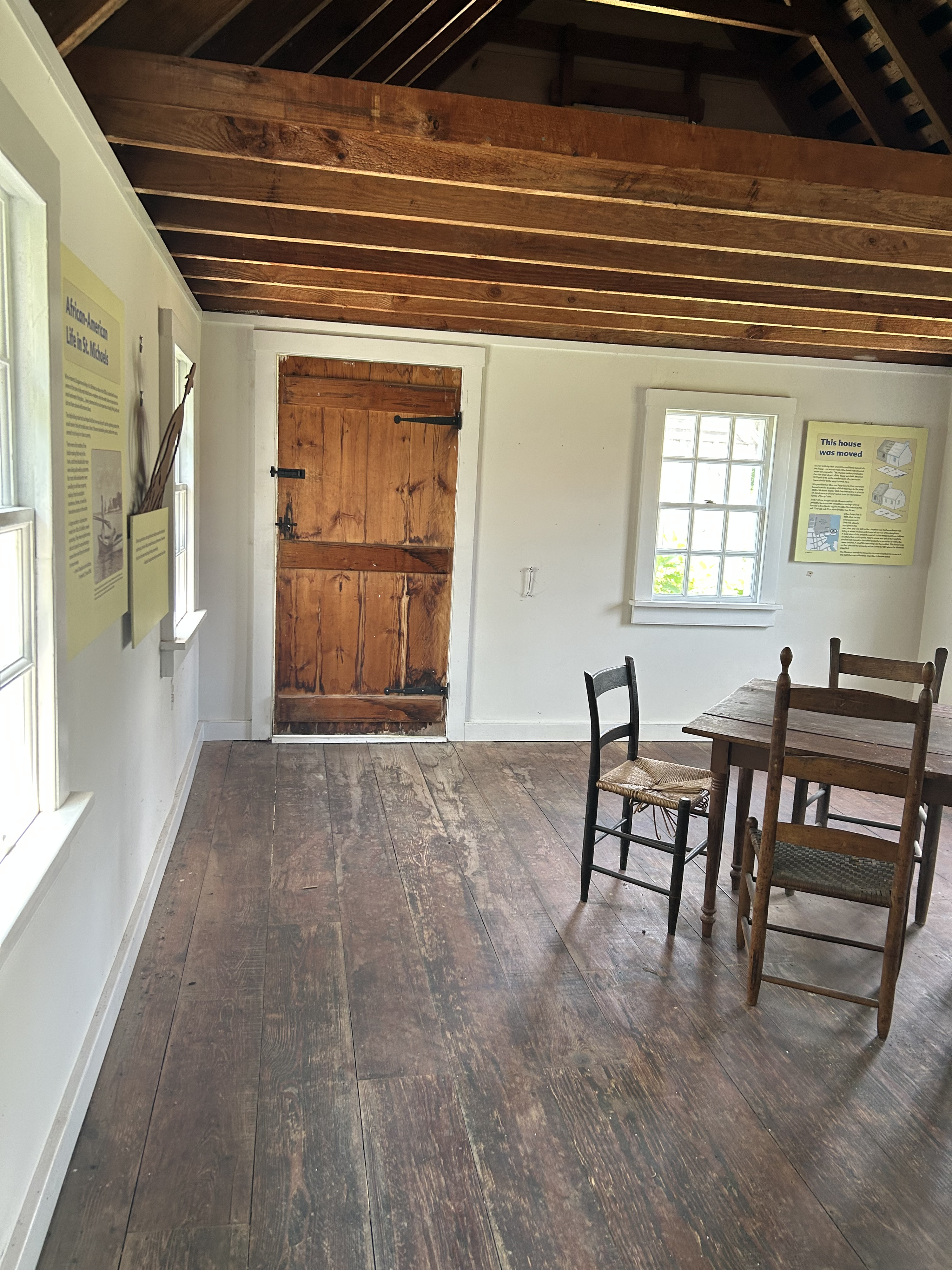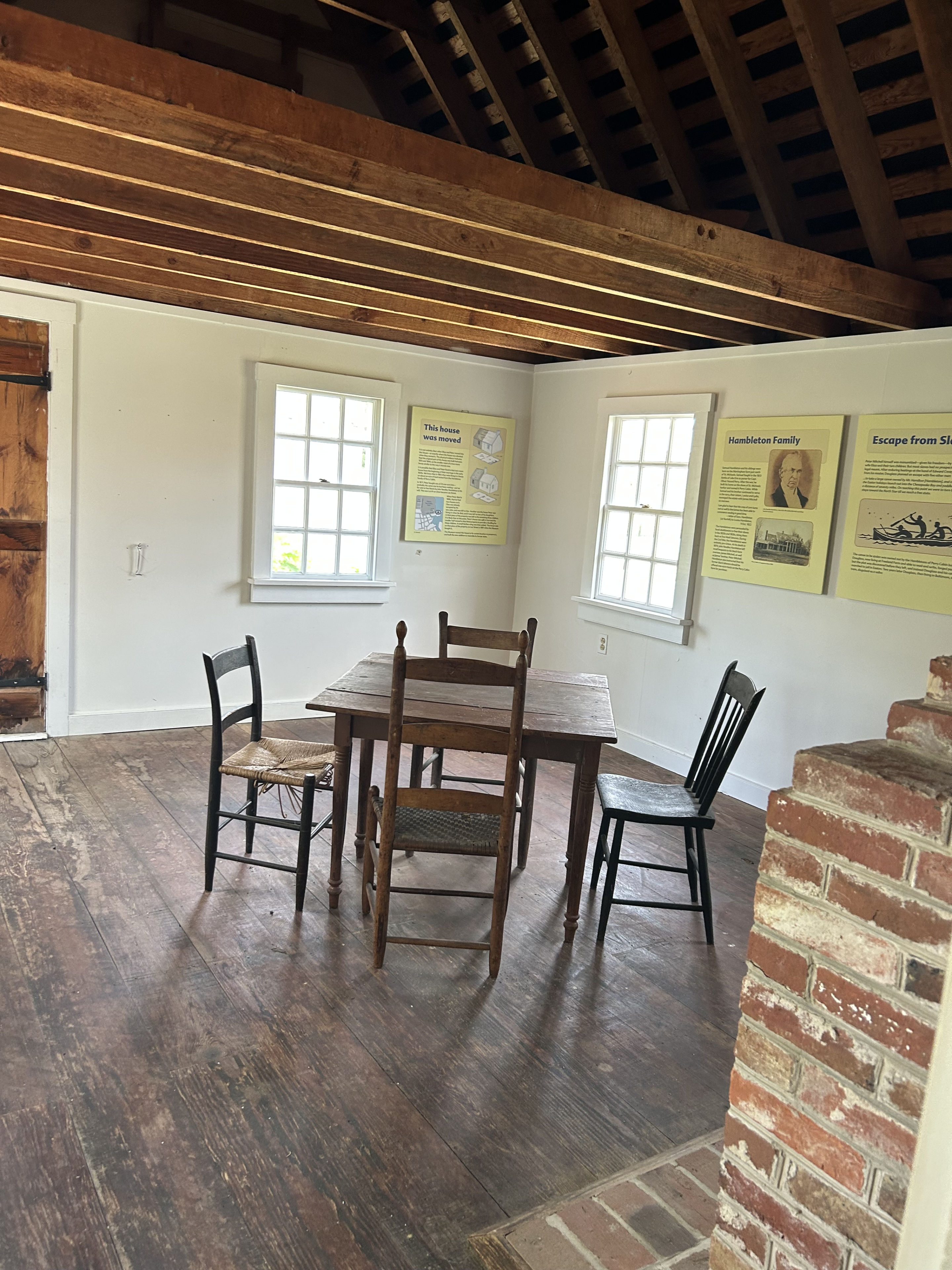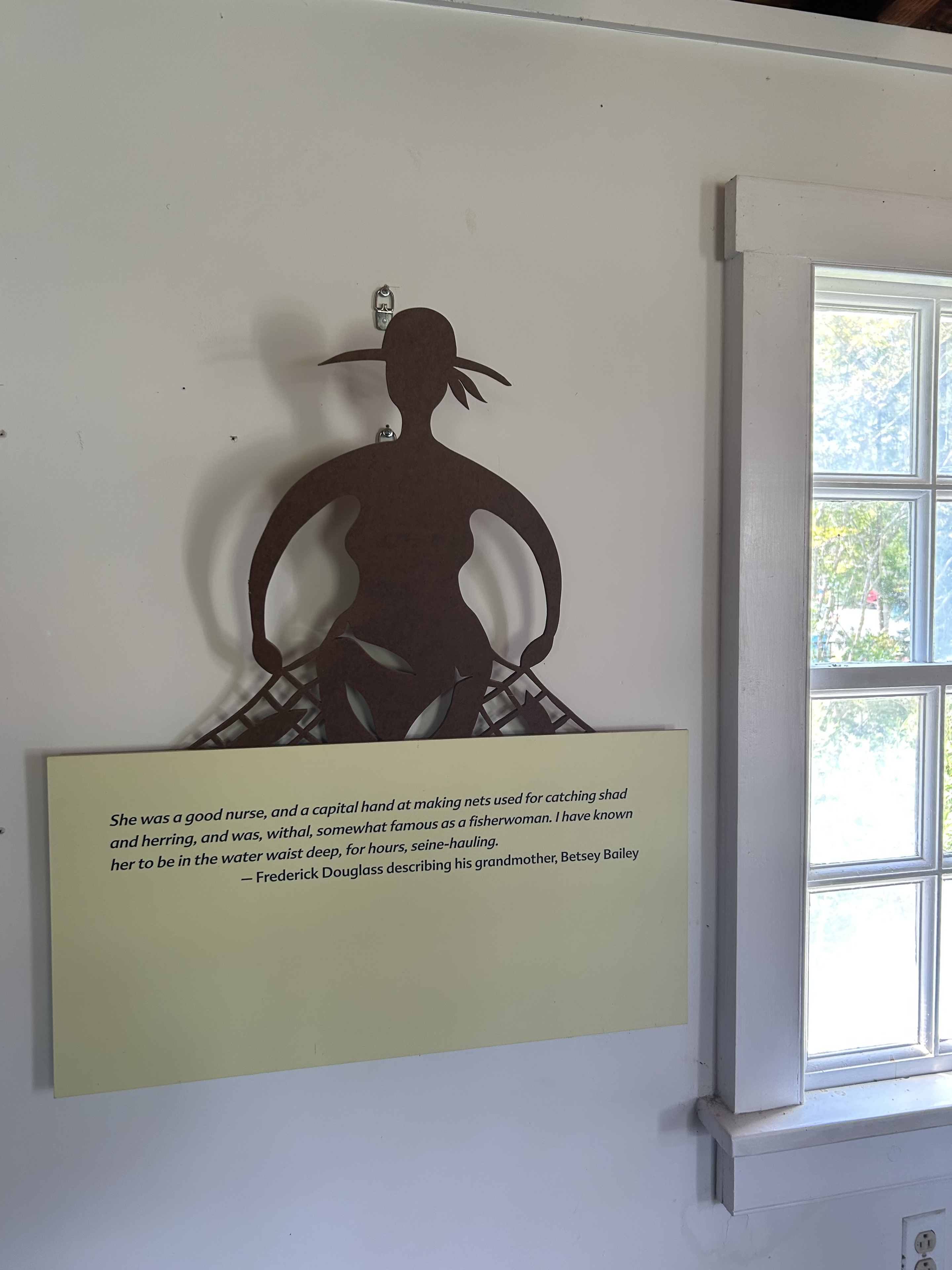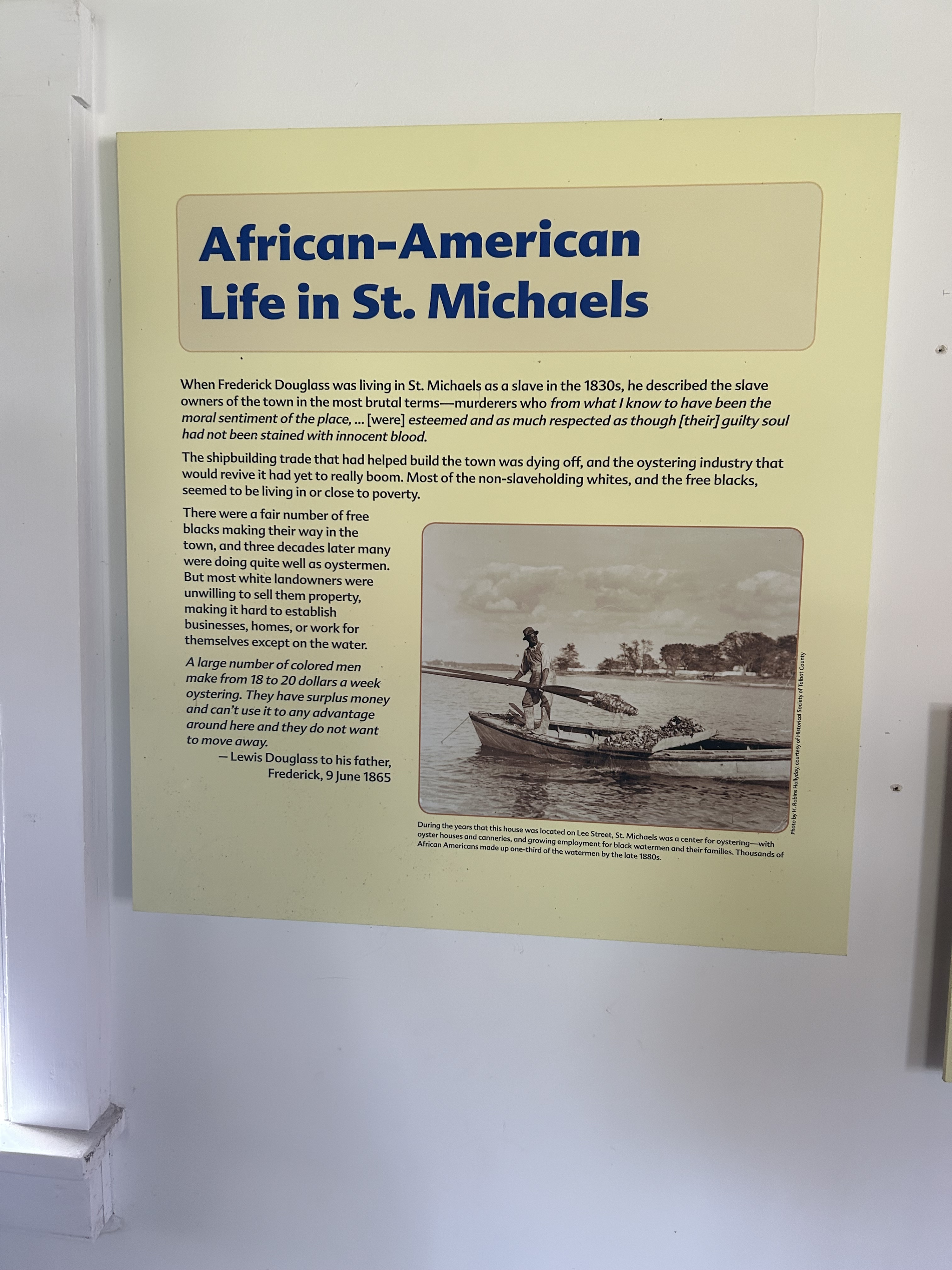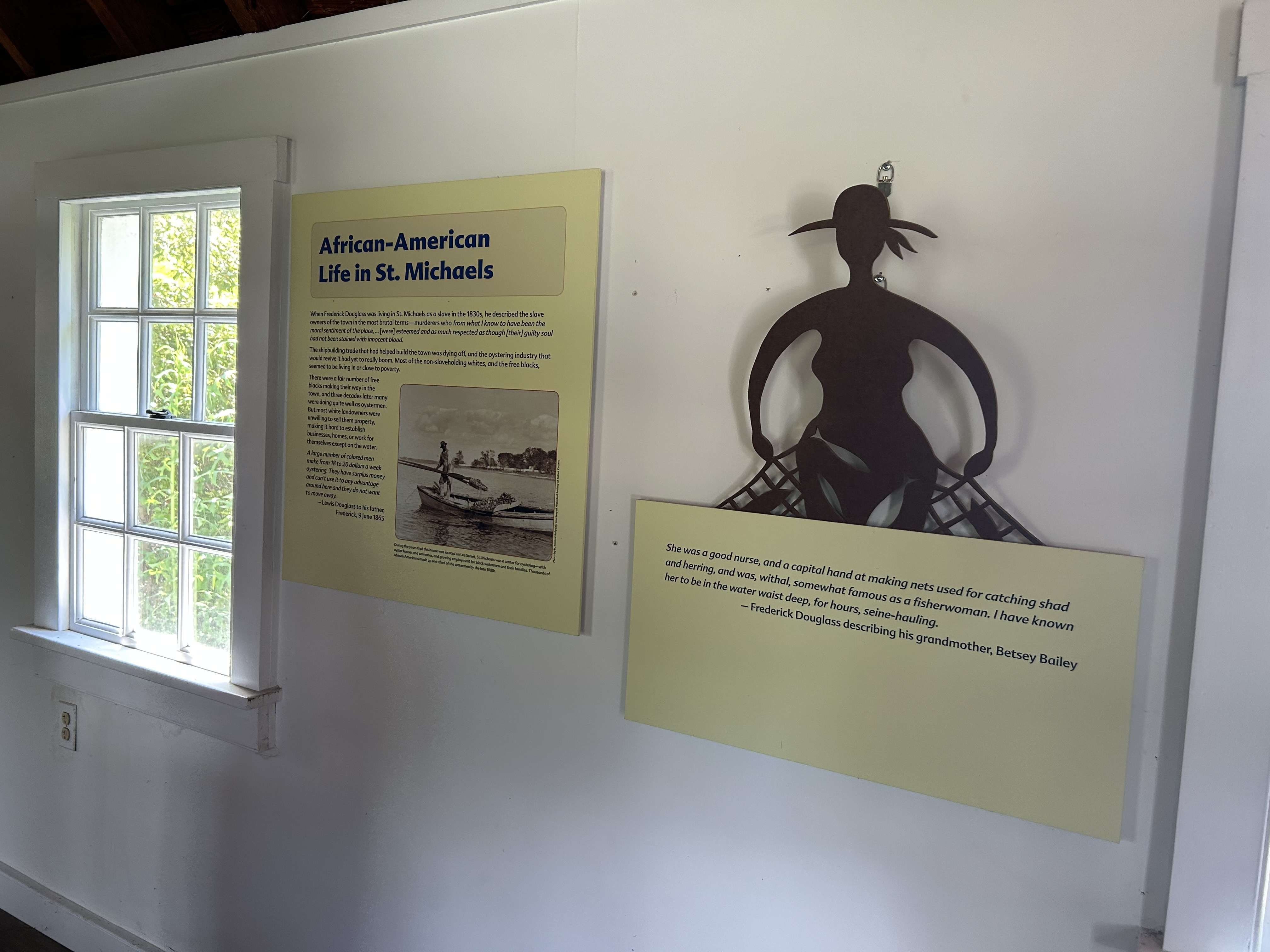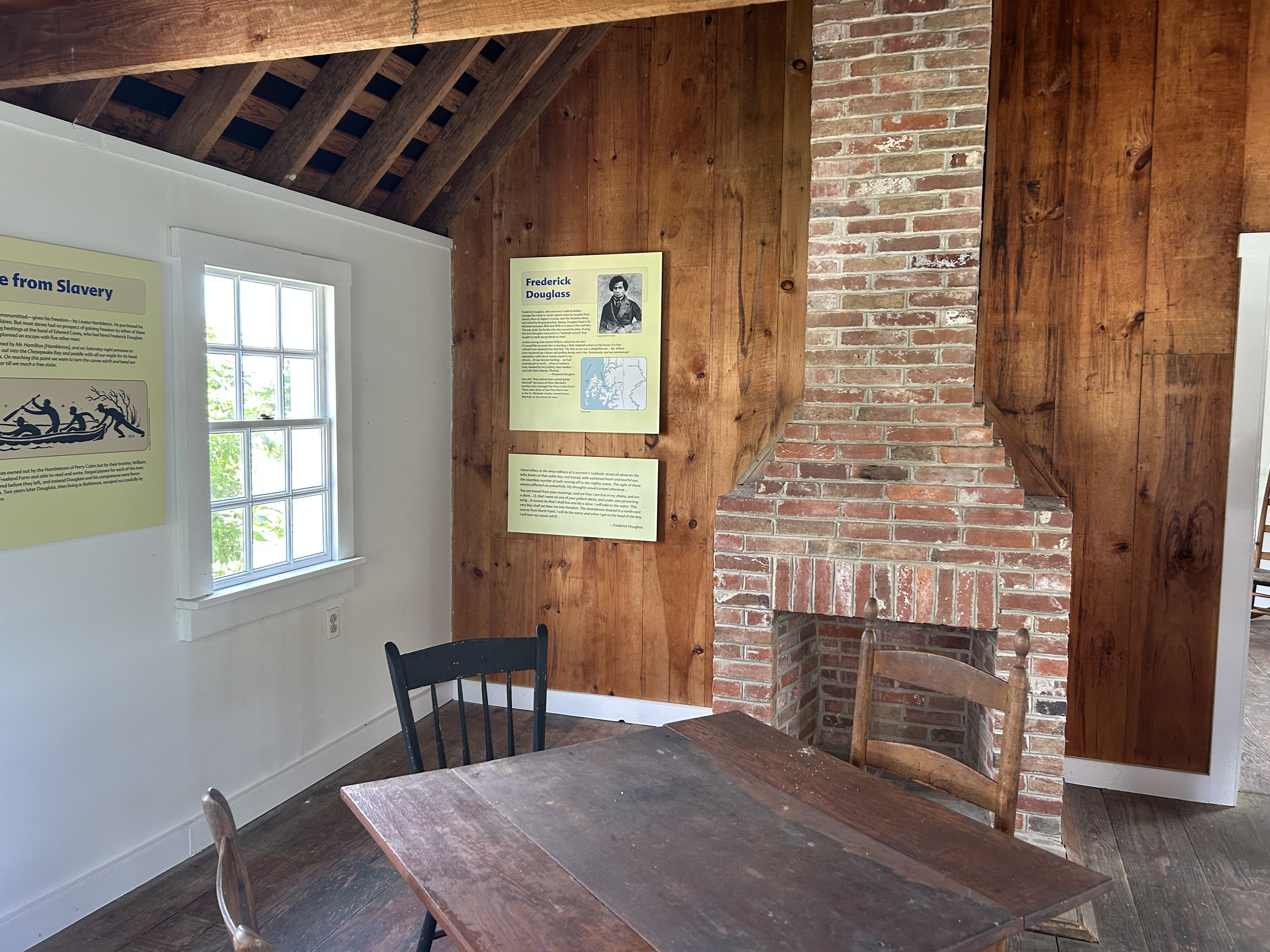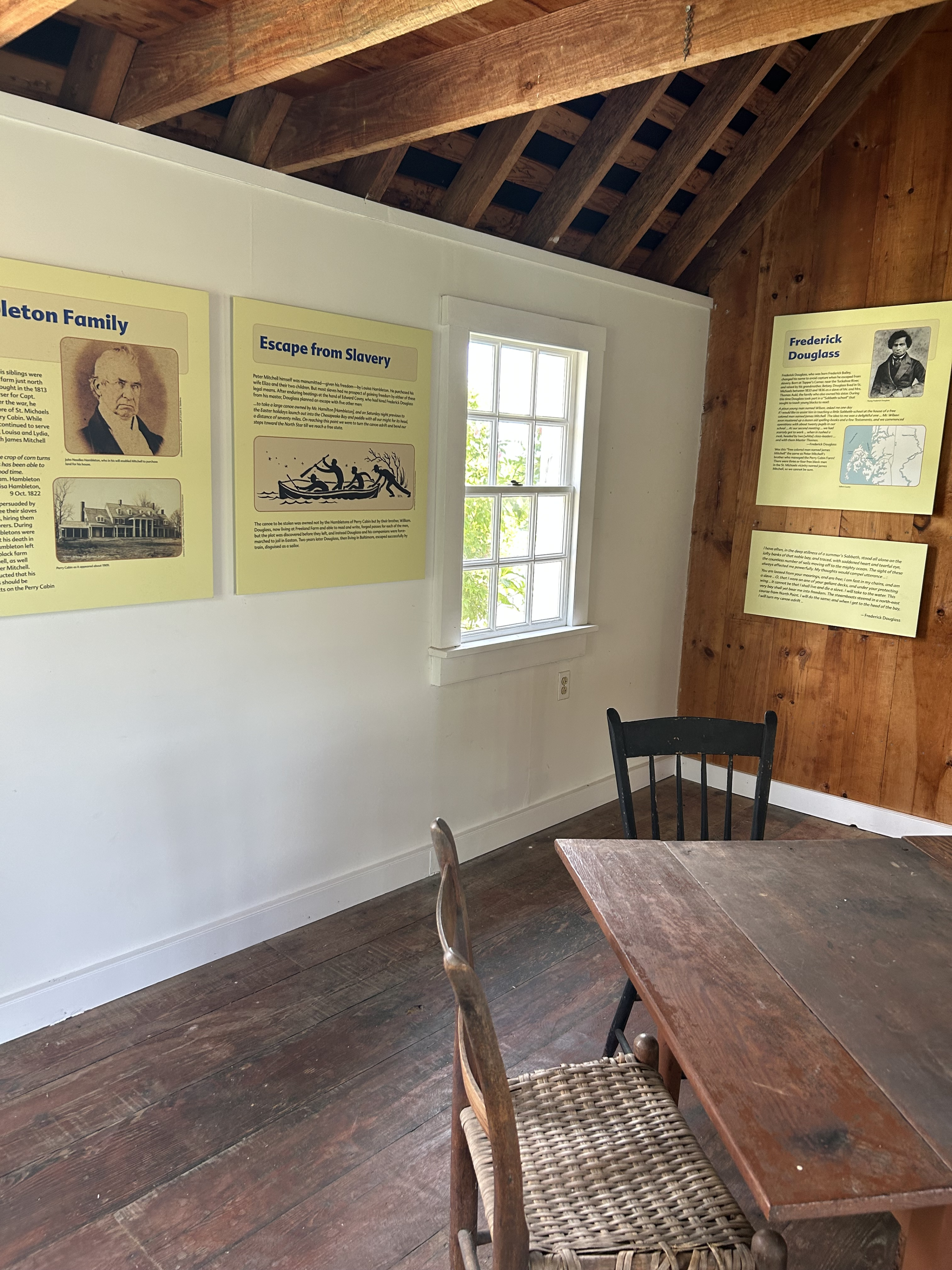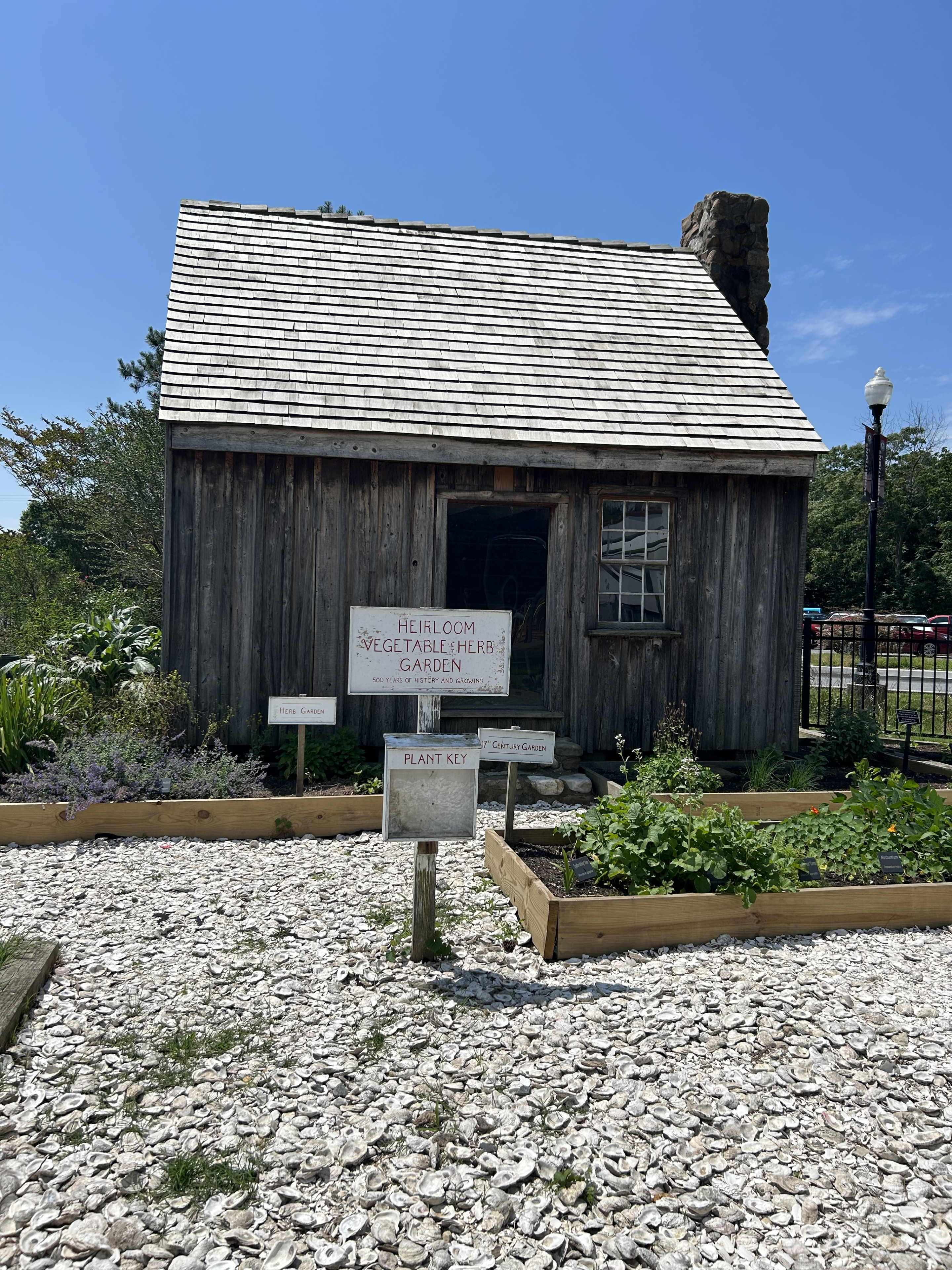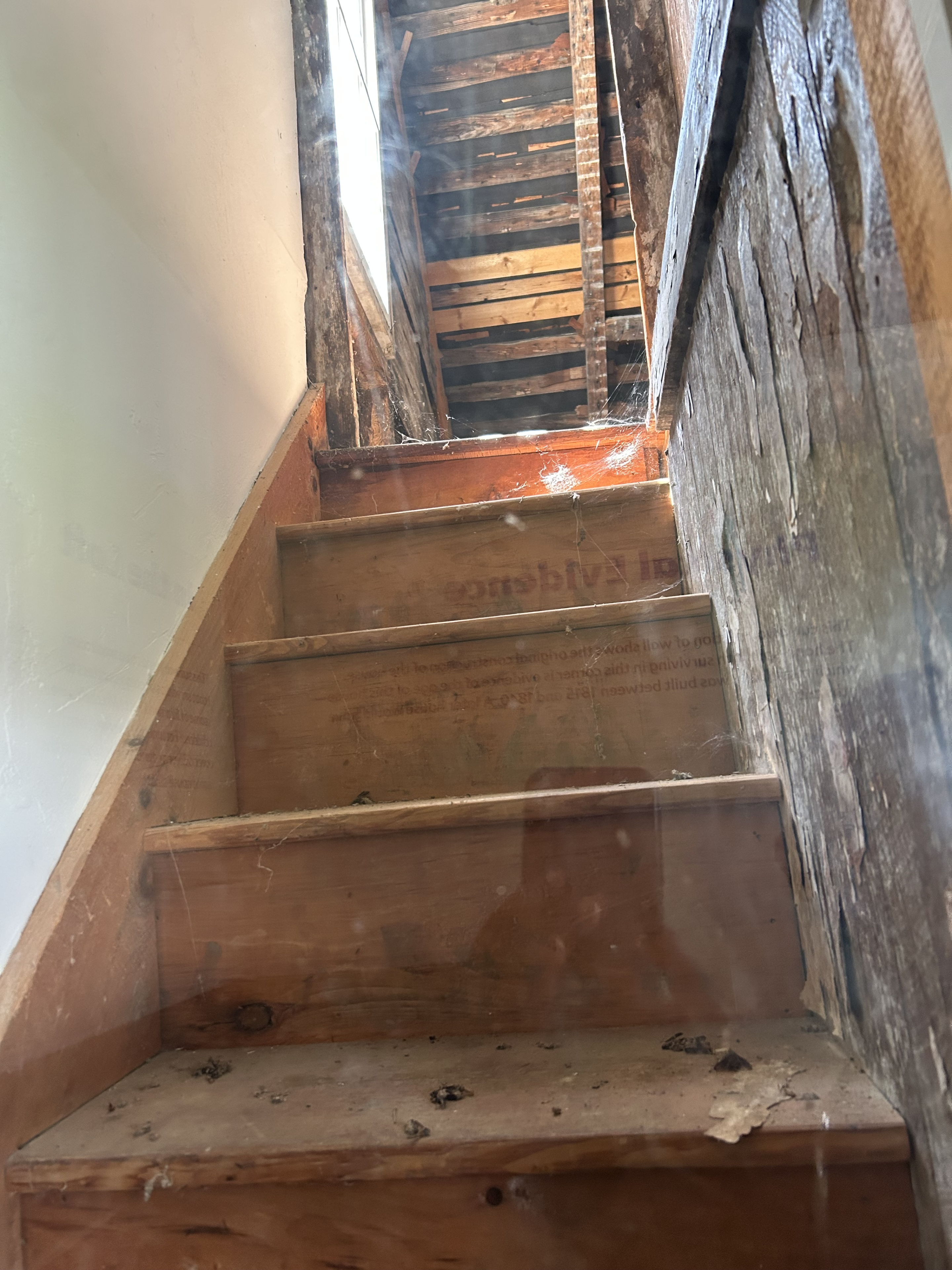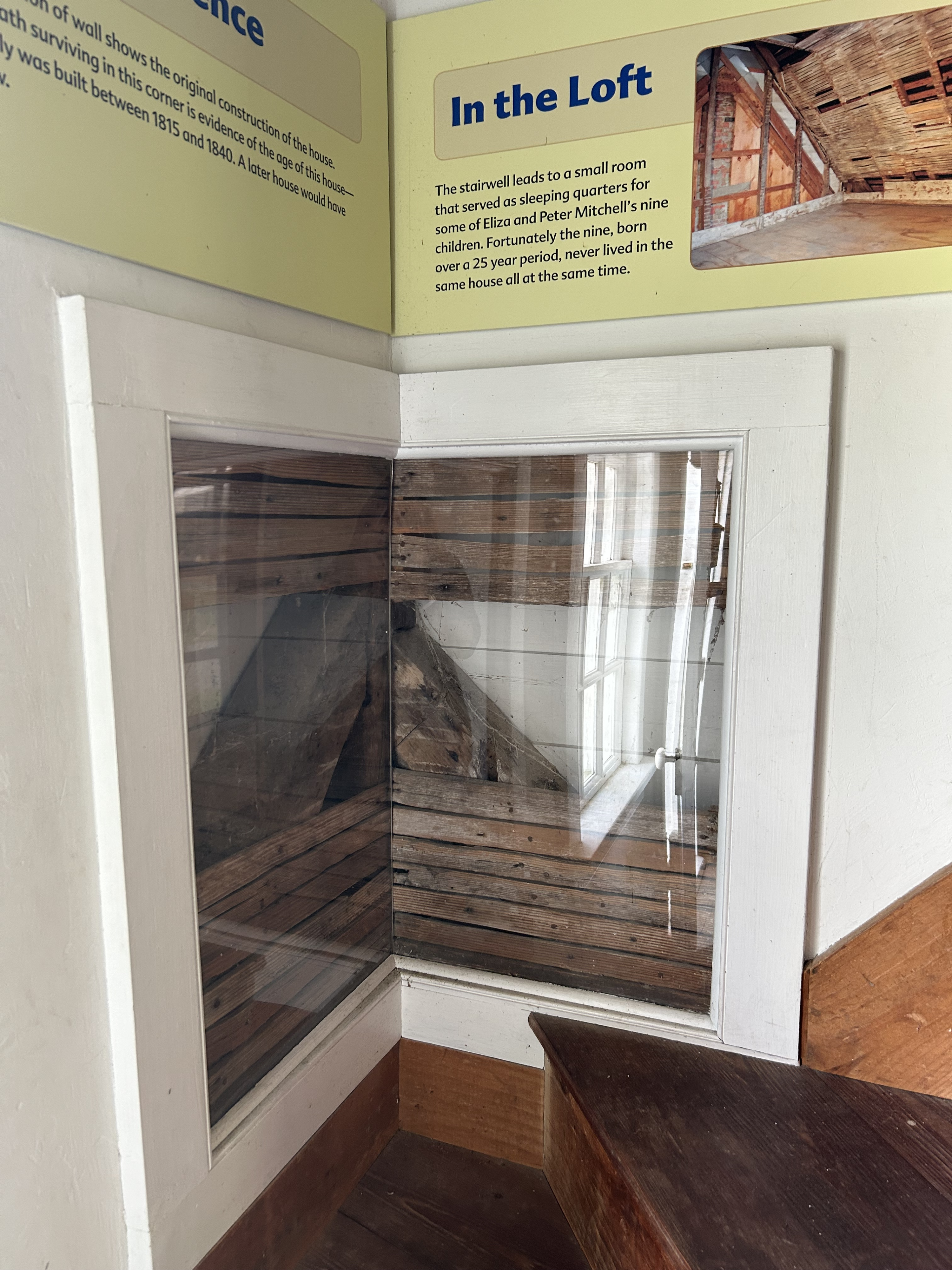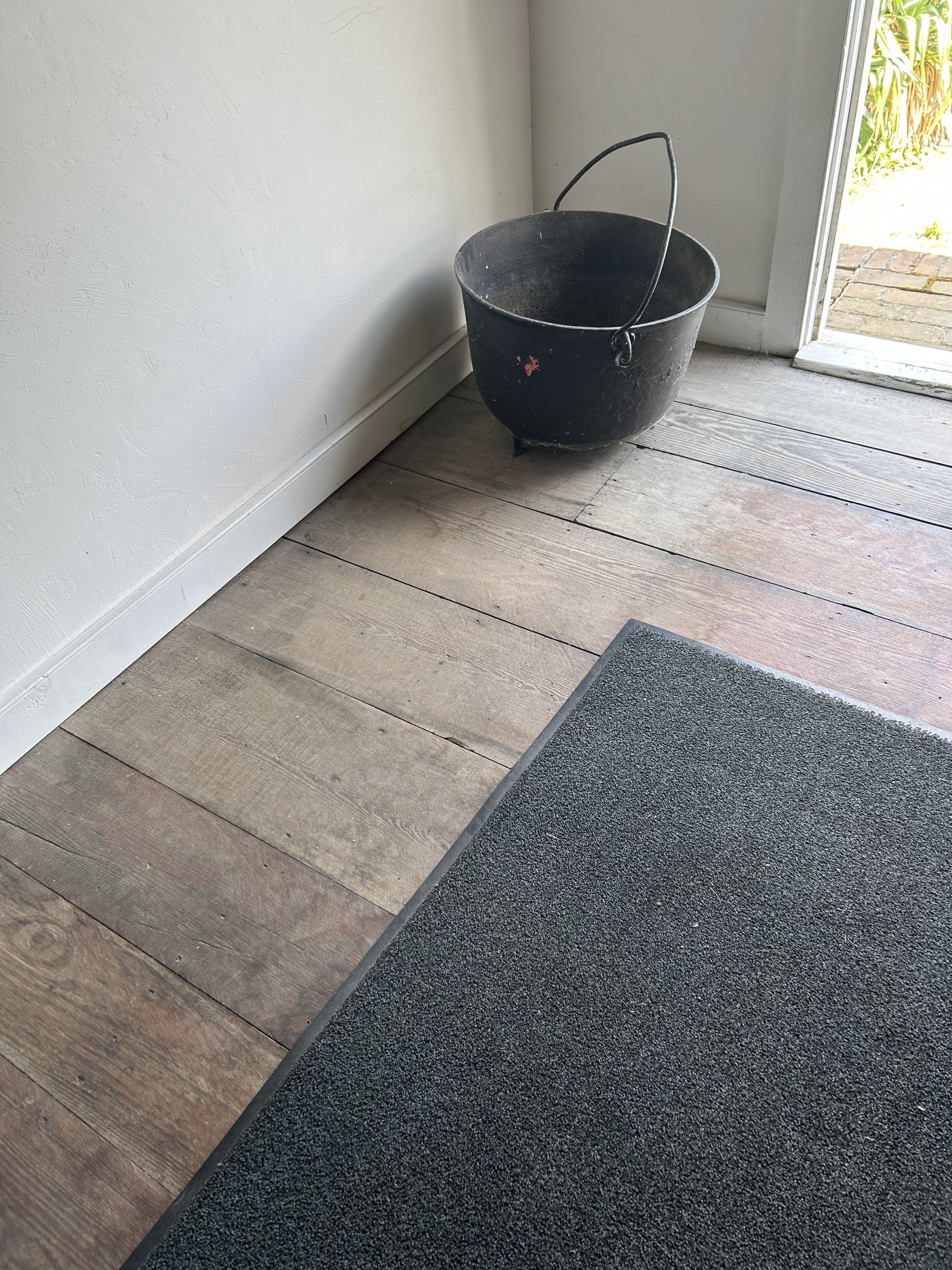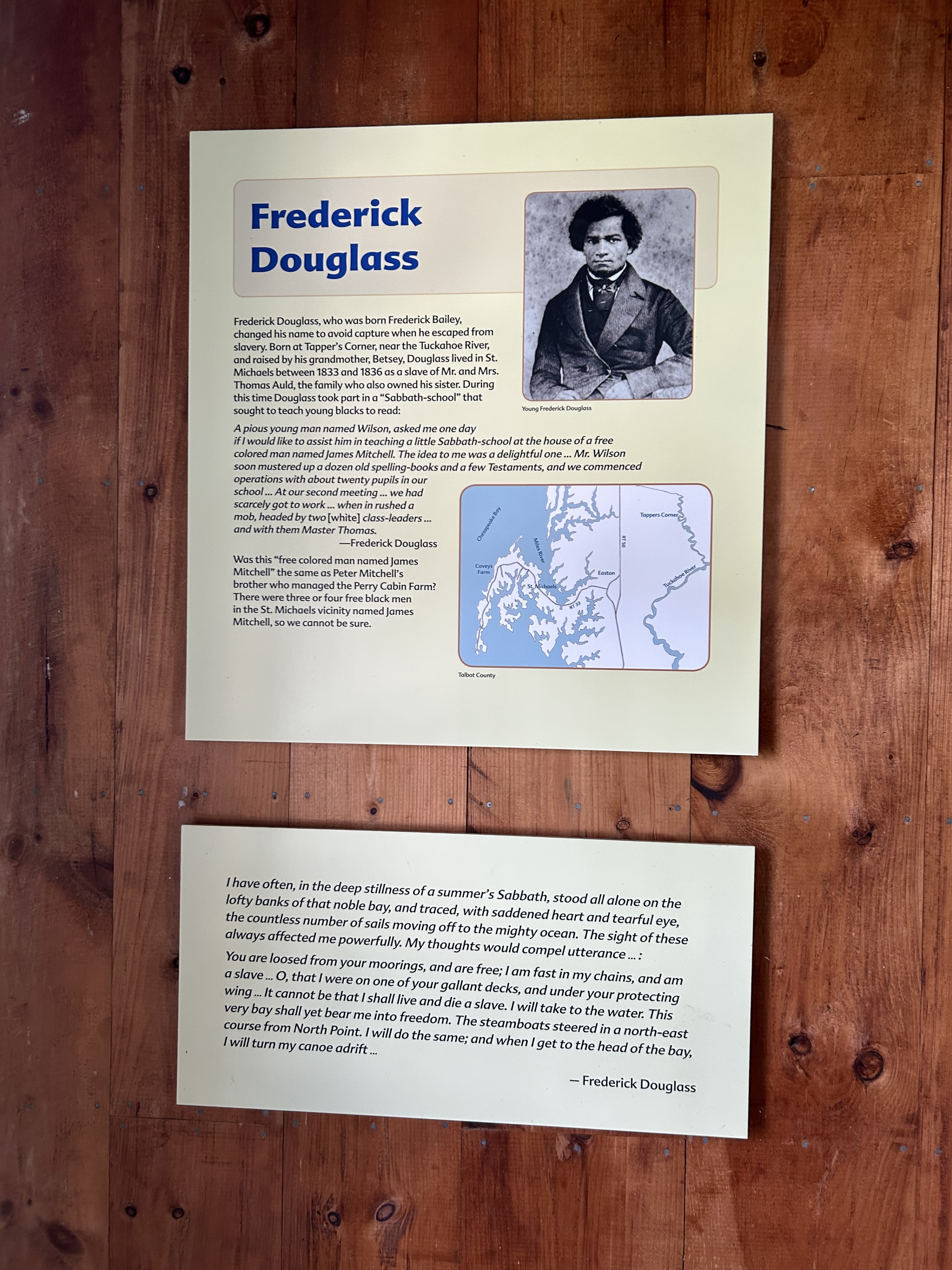It cannot be that I shall live and die a slave. I will take to the water. This very bay shall yet bear me into freedom.” ~ Frederick Douglass
Hey, girl!
I'm so excited that you want to know all about the history of the Eastern Shore of Maryland! It's seriously mind-blowing and inspiring, especially when you hear about the struggles of African Americans and Indigenous Americans. Let me spill the tea and give you the scoop!
So, back in the day, slavery was a major part of the Eastern Shore's history.
Can you believe it?
The first Africans were brought over as slaves in the 1600s, and it went on for ages. Life was beyond tough for those enslaved people. They were forced to work on plantations, slaving away in the fields for hours on end.
And brace yourself, babe, because families were ripped apart, with kids being sold away from their parents.
It breaks my heart!
But guess what?
We've got some seriously brave heroes who managed to escape to freedom by using the Chesapeake Bay.
Frederick Douglass, who was born into slavery in Talbot County, Maryland, became a total legend and abolitionist. He spilled all the tea in his autobiography about how he pretended to be a sailor to plan his escape. He hopped on a train in Baltimore, then caught a ferry in Havre de Grace to Wilmington, Delaware. From there, he made his way to Philadelphia, where he finally tasted sweet freedom.
And let me tell you about Joseph Keene. He was another enslaved man who used the Chesapeake Bay as his ticket to freedom. Born into slavery in Somerset County, Maryland, he worked on a plantation until he found his chance to escape. He hopped on a 23-foot log canoe with his pregnant wife Nelly and their seven kids, all the way from the Little Choptank River to the Chesapeake Bay. They sailed through the Chesapeake and Delaware Canal, getting closer to the Pennsylvania border.
Talk about a courageous sailor, right?
That's how they rolled back then!
Now, let me share about Harriet Tubman, another incredible hero who made her mark along the Chesapeake Bay.
Harriet Tubman, born into slavery in Dorchester County, Maryland, escaped to freedom and became one of the most well-known abolitionists in history. She made multiple trips back to the Eastern Shore, leading enslaved people to freedom through the Underground Railroad. Tubman had an incredible knowledge of the land and waterways in the area, including the Chesapeake Bay, which she used to guide enslaved individuals to safety. Her courage and determination are truly awe-inspiring.
Harriet Tubman's legacy and impact on the fight against slavery and for human rights are profound. Her efforts continue to inspire and educate people today.
Remember, babe, the Eastern Shore of Maryland is filled with stories of resilience, bravery, and the pursuit of freedom.
Let's honor and celebrate the heroes who made a difference!
We can't forget the struggles of the African Americans and Indigenous Americans who played a major role in shaping the Eastern Shore. They were forced to work the land, as they were treated so unfairly.
Can you even imagine?
But despite all that, they never gave up. They worked their butts off and made such a huge impact on the area's development.
And girl, we've got to give props to the indigenous tribes of the Chesapeake Bay.
They were seriously skilled at fishing, hunting, and farming. They knew how to live in harmony with nature and had this amazing spiritual connection to the world around them.
It's seriously awe-inspiring!
Guess what?
Some of those indigenous tribes still call the Eastern Shore of Maryland home today. We've got the Piscataway Conoy Tribe, the Accohannock Indian Tribe, the Nanticoke Indian Tribe, and the Assateague People. Each tribe has its unique history and traditions, and they're all working hard to preserve their heritage and keep their way of life alive.
The Piscataway Conoy Tribe is all about advocating for indigenous people and protecting the Chesapeake Bay. The Accohannock Indian Tribe is super talented when it comes to arts and crafts, like pottery, basket weaving, and beadwork. The Nanticoke Indian Tribe is all about their deep connection to the Chesapeake Bay and doing their part to protect the environment.
And the Assateague People?
They're all about those wild horses on Assateague Island and keeping the island's natural beauty intact.
So cool, right?
We've got to show some major love and respect to the indigenous people who've shaped the Eastern Shore of Maryland. It's important to learn about their experiences and fight for justice and equality for everyone, no matter their race or ethnicity.
Let's keep their legacy alive!
Chesapeake Bay Maritime Museum
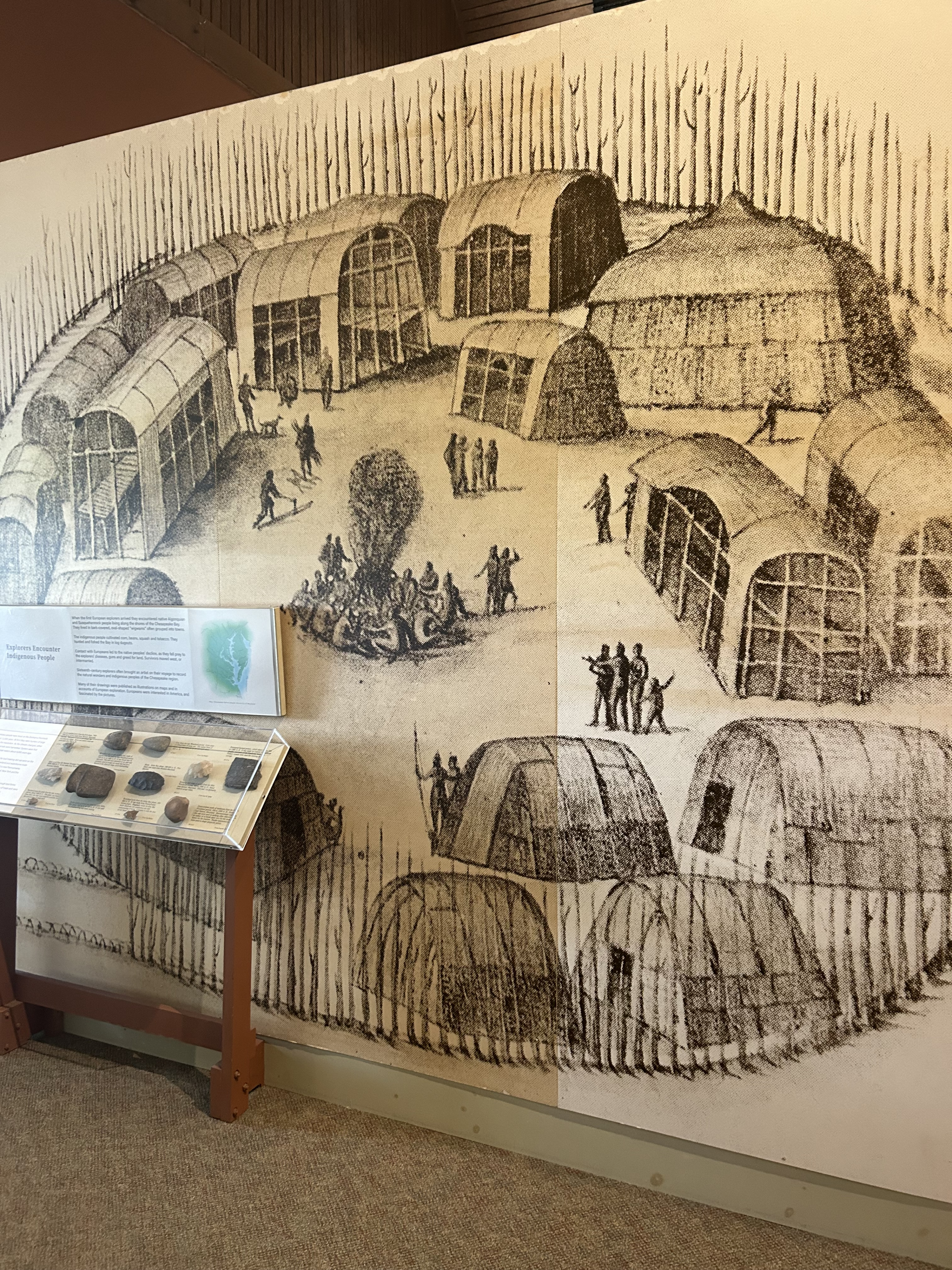
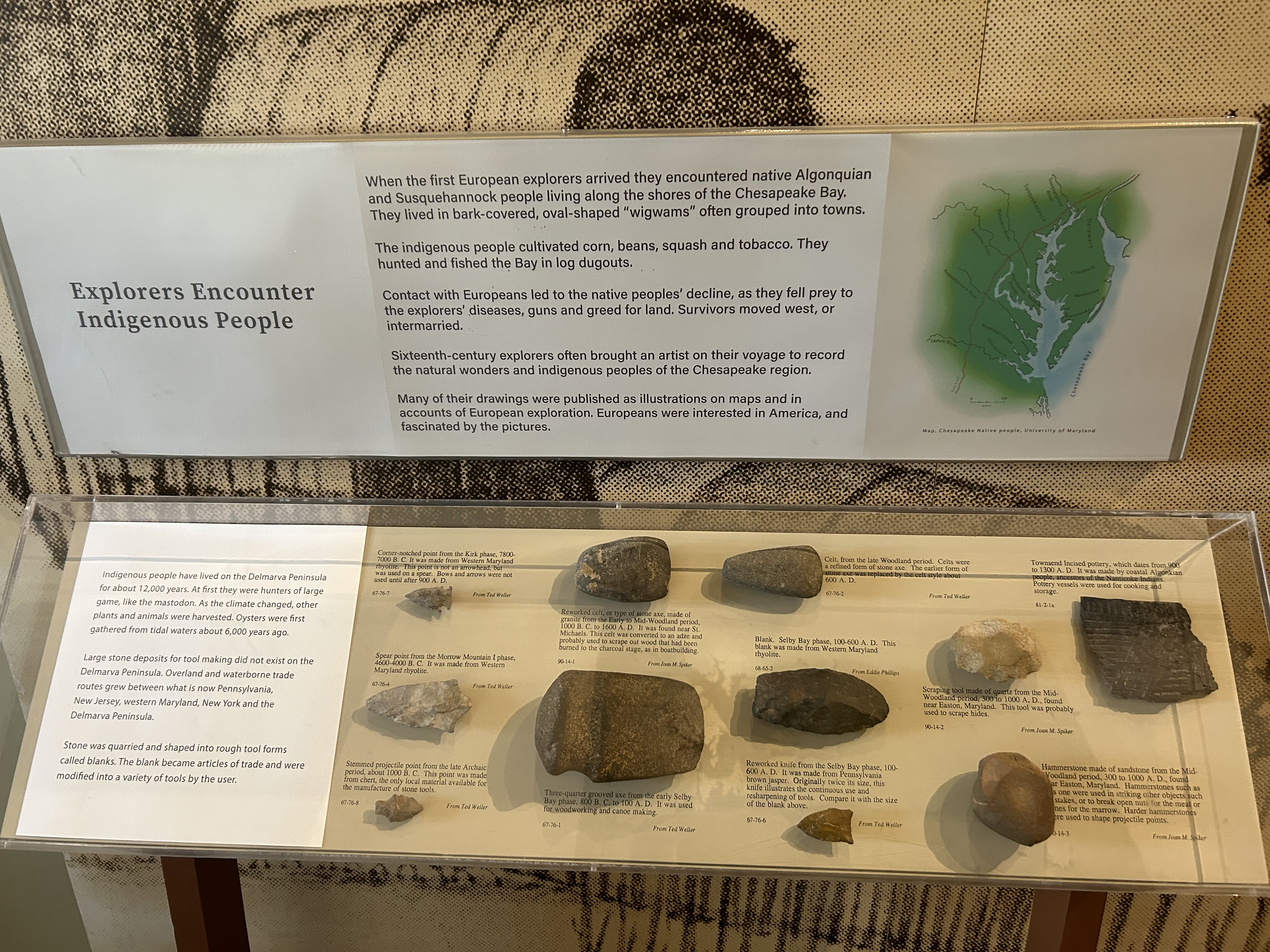
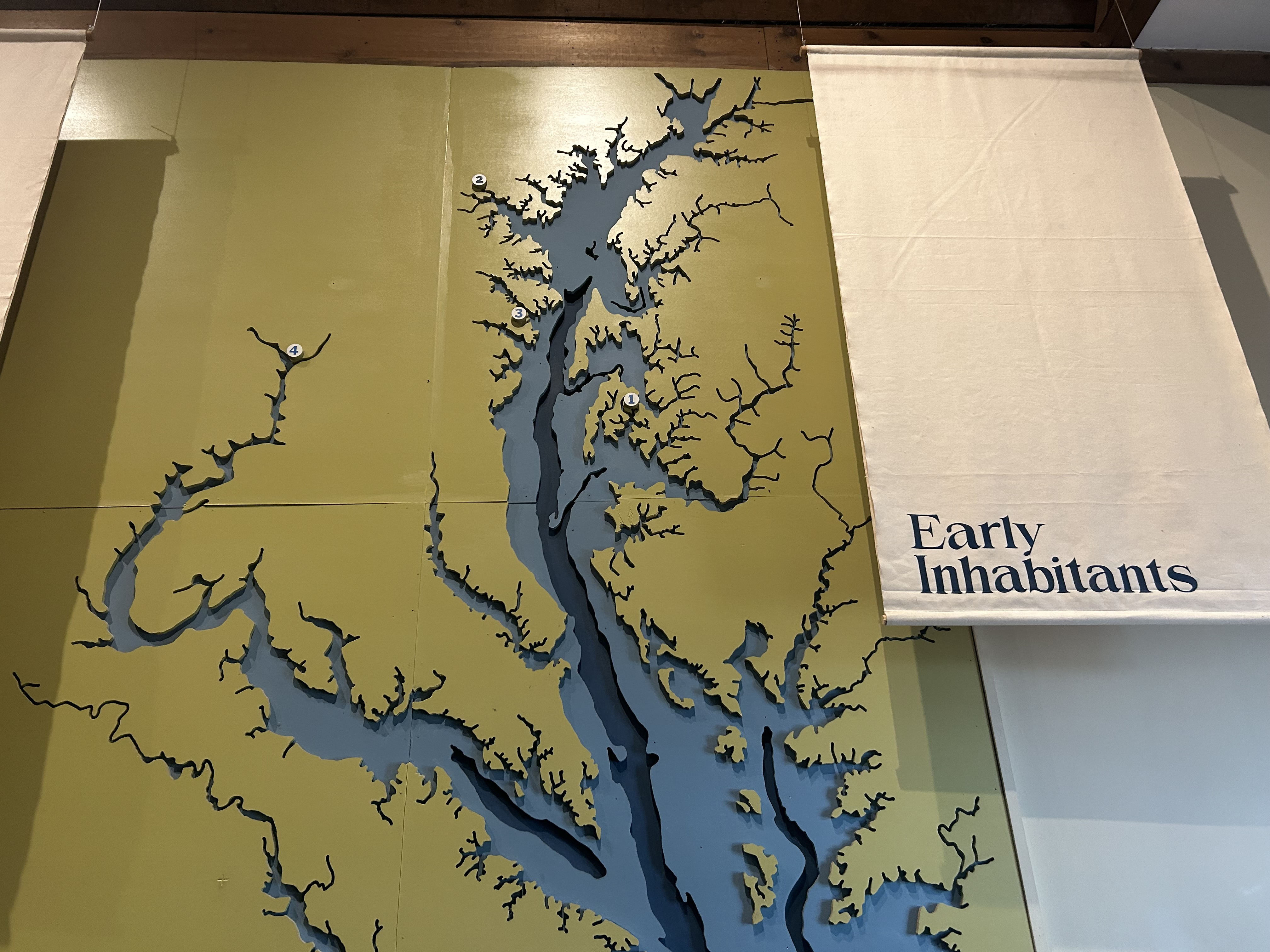
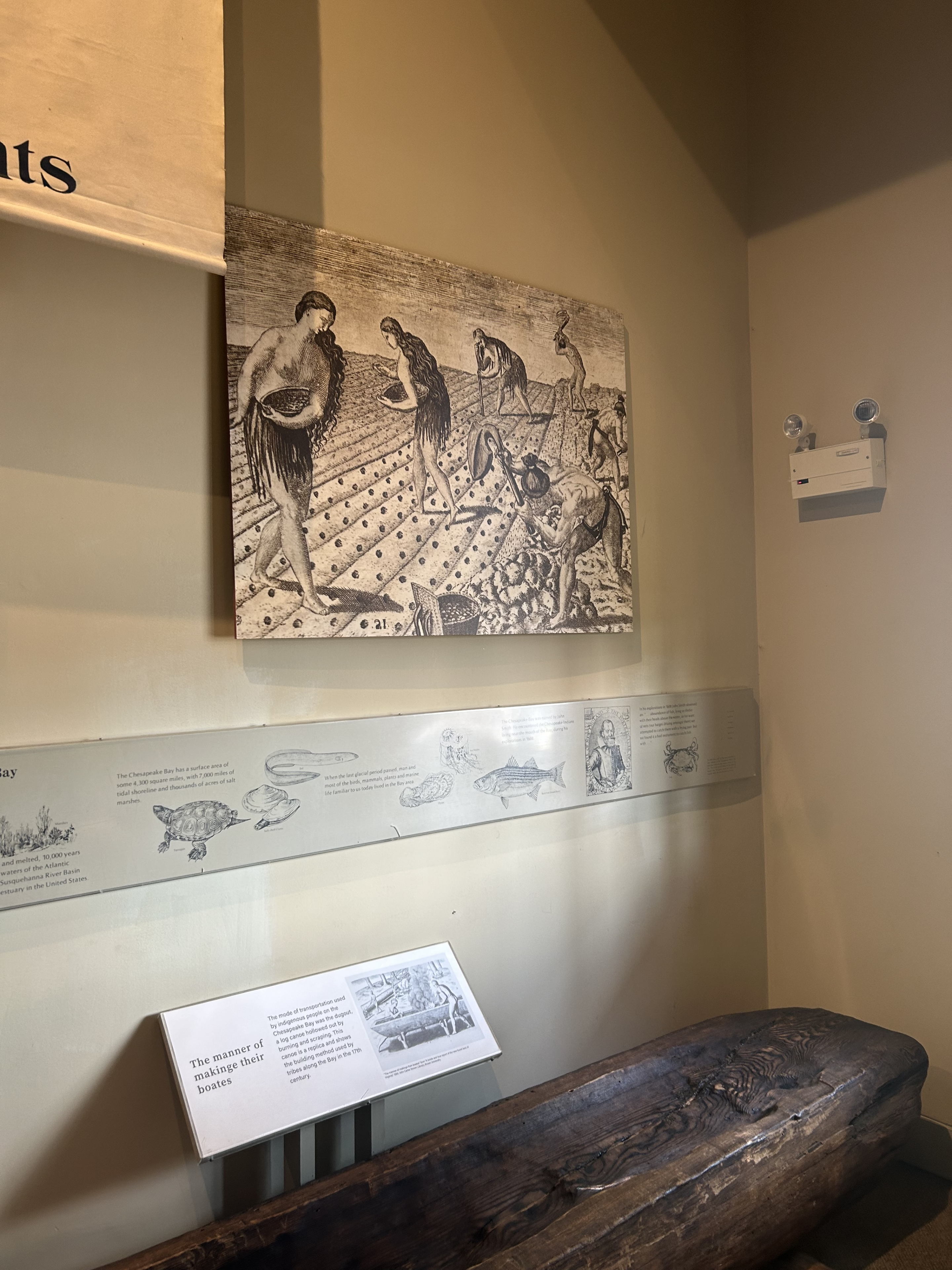
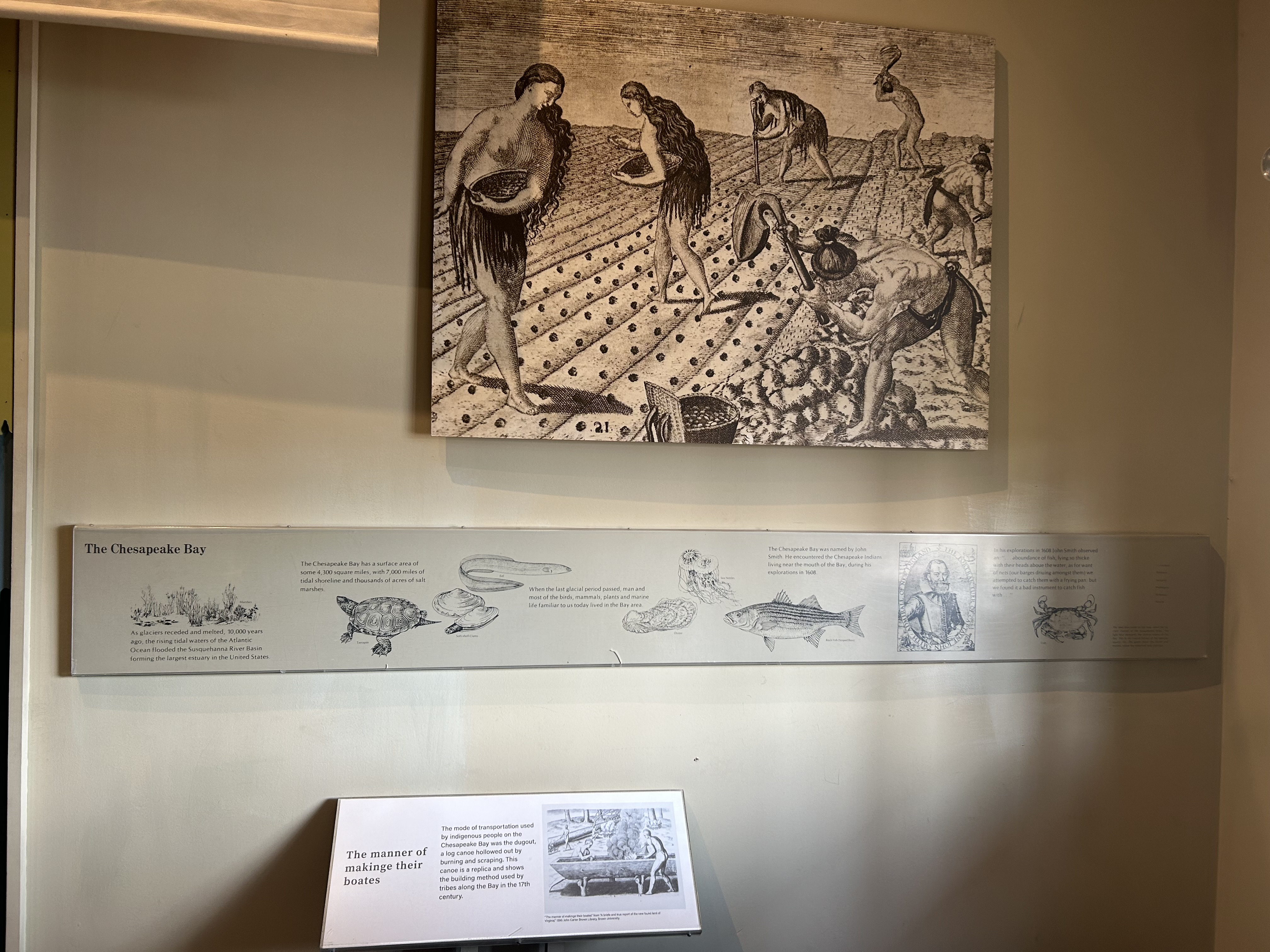
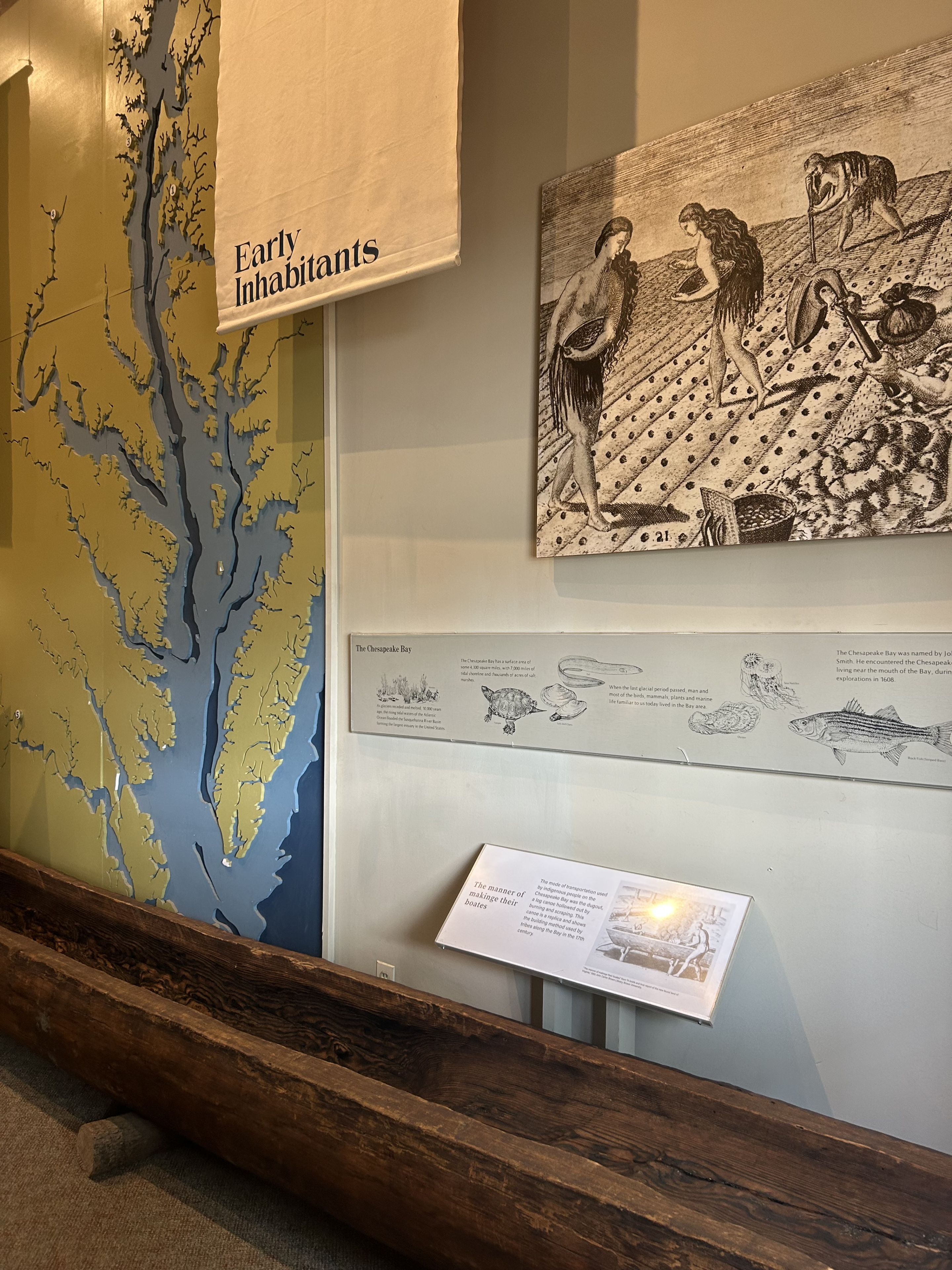
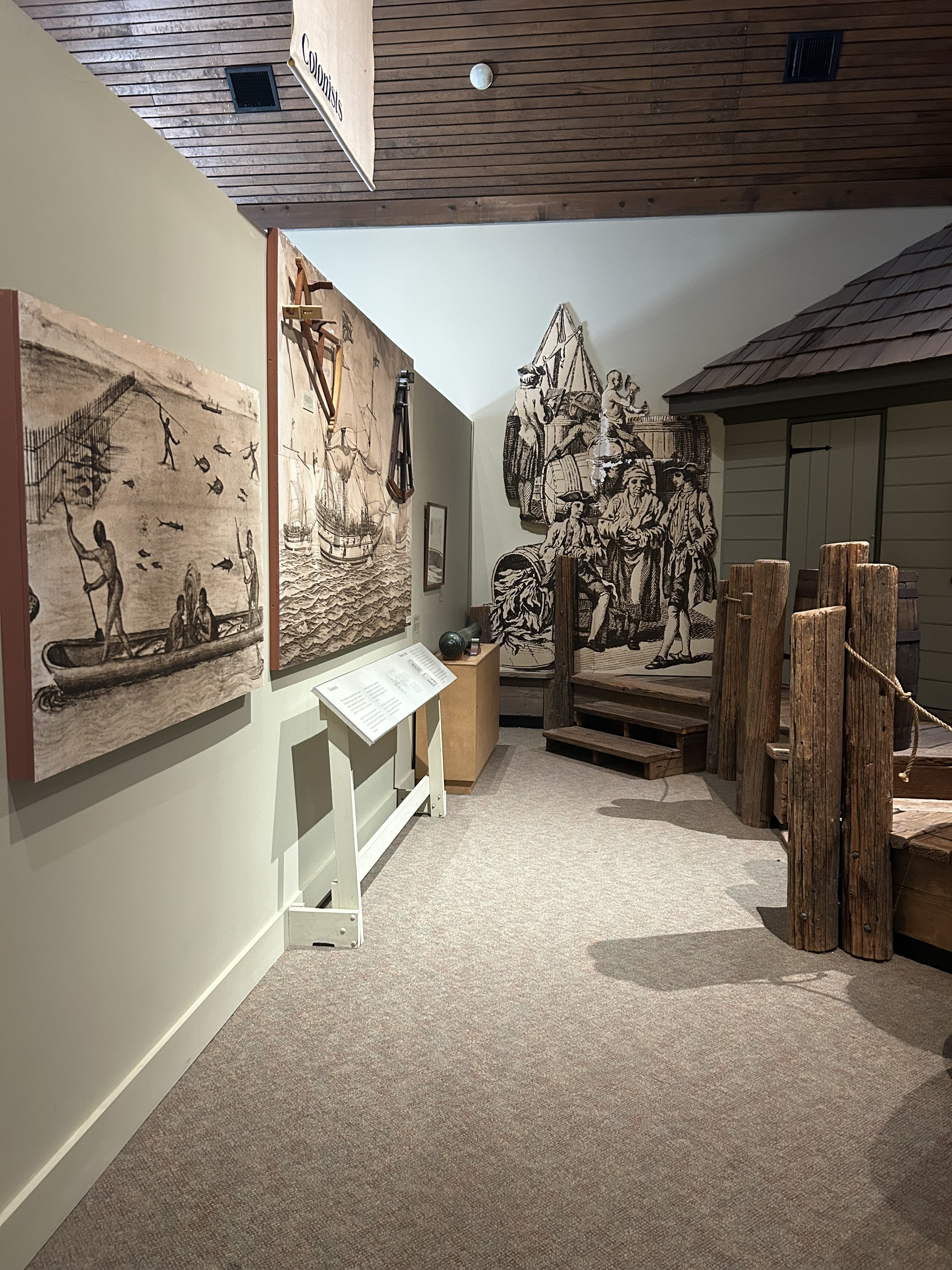
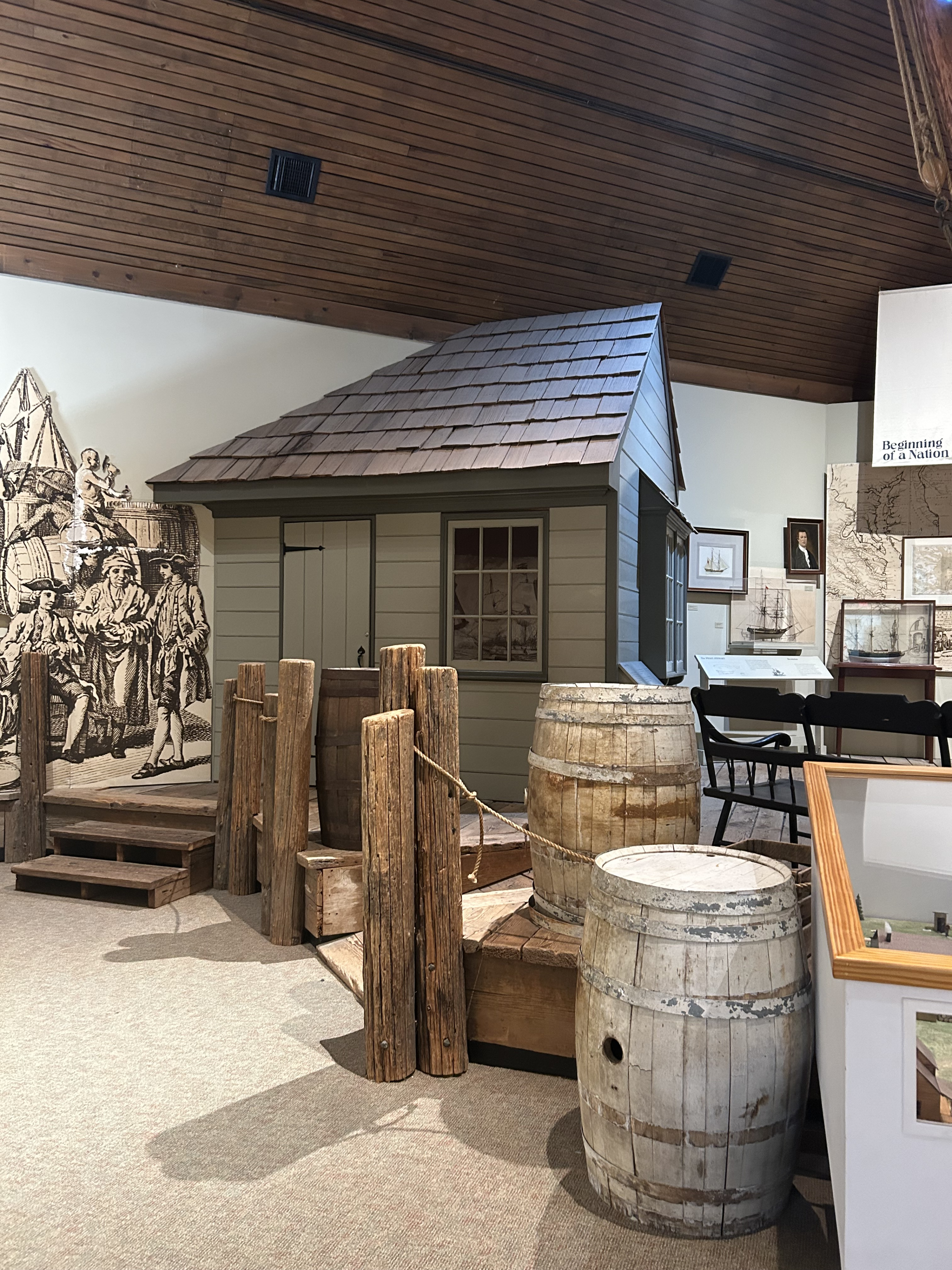
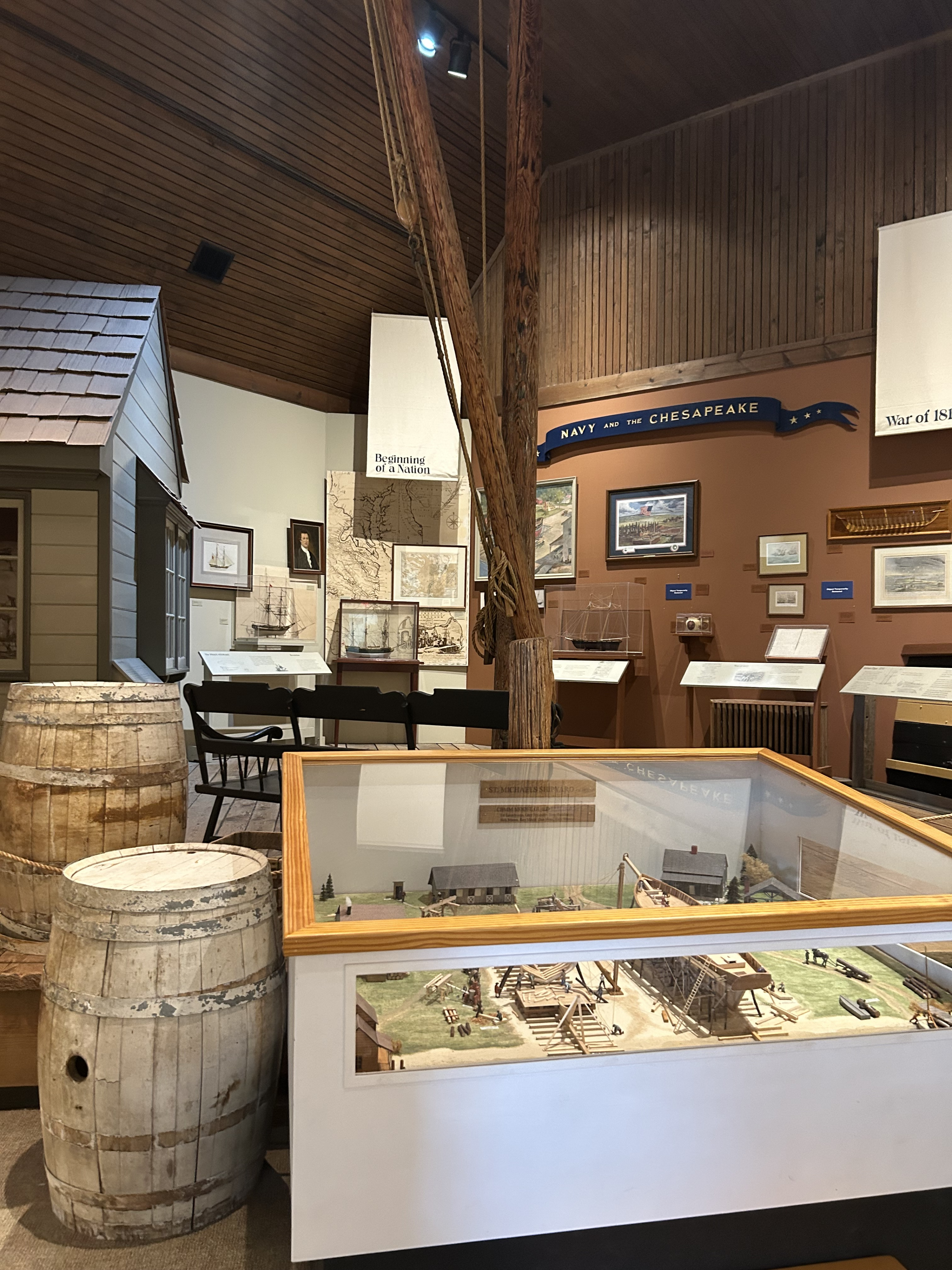
This maritime museum has much work to do to extend its exhibits to tell a more in-depth story of the Indigenous and Afro contributions to the region.
Oystering Building @CBMM
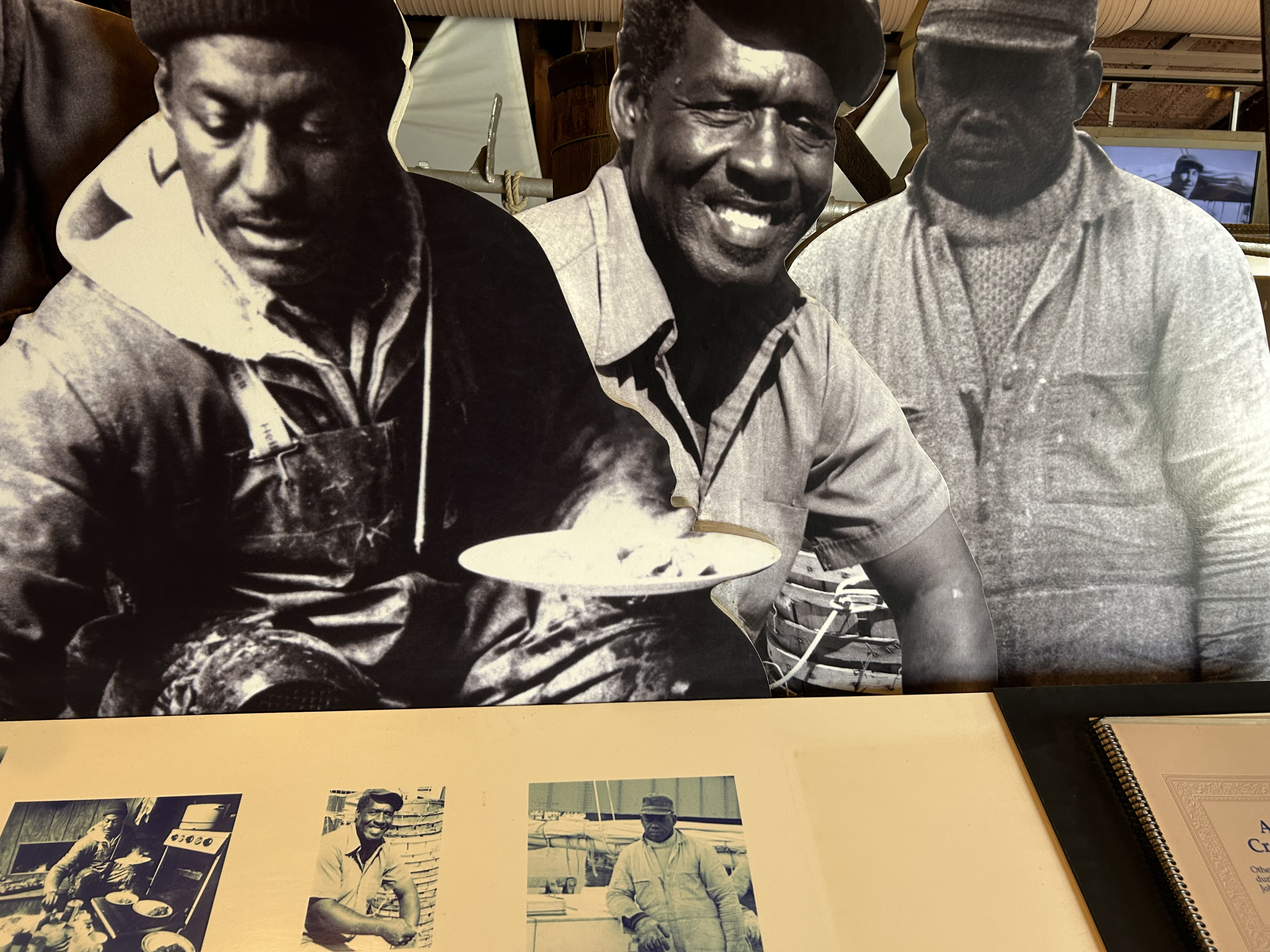
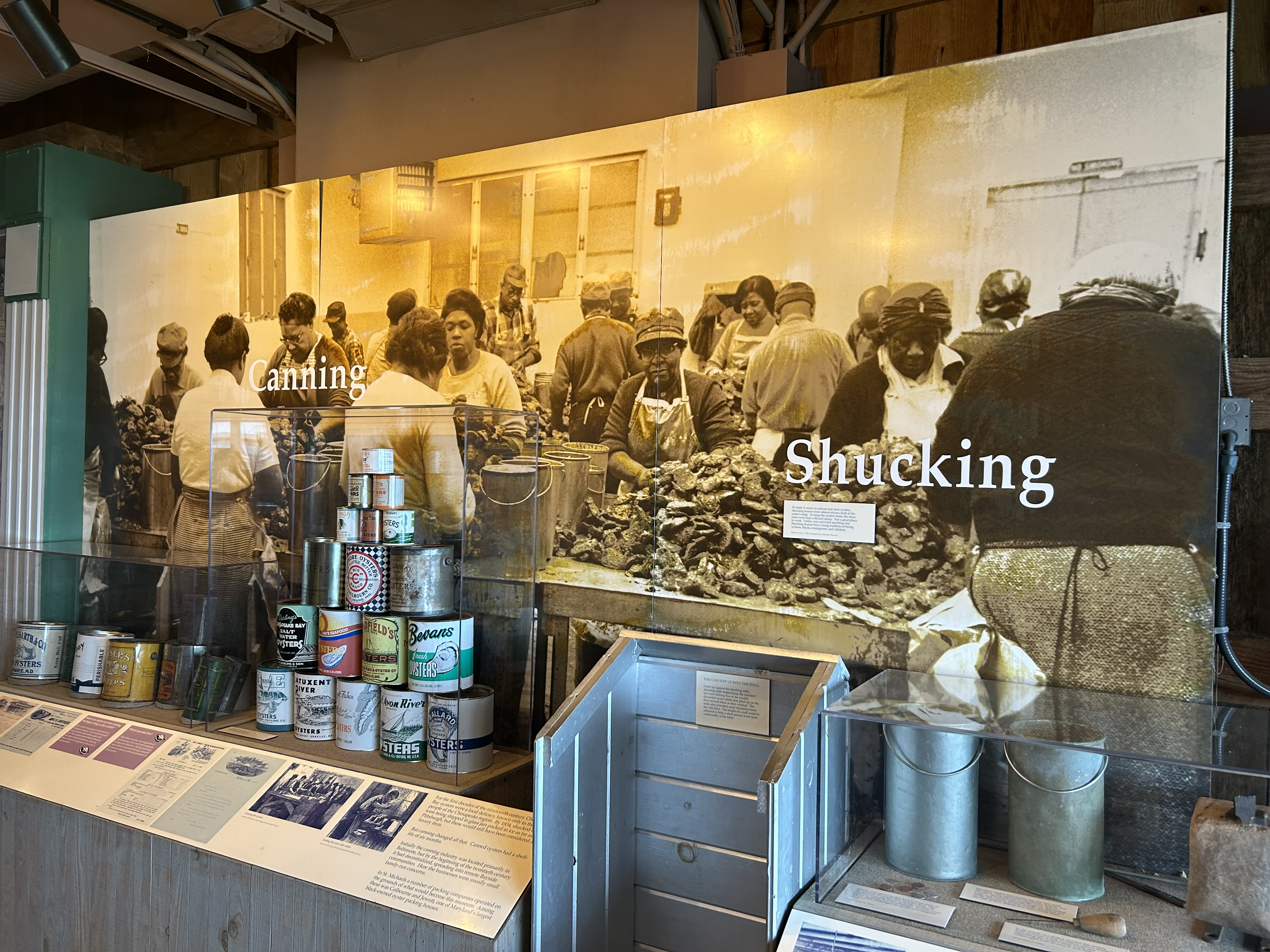
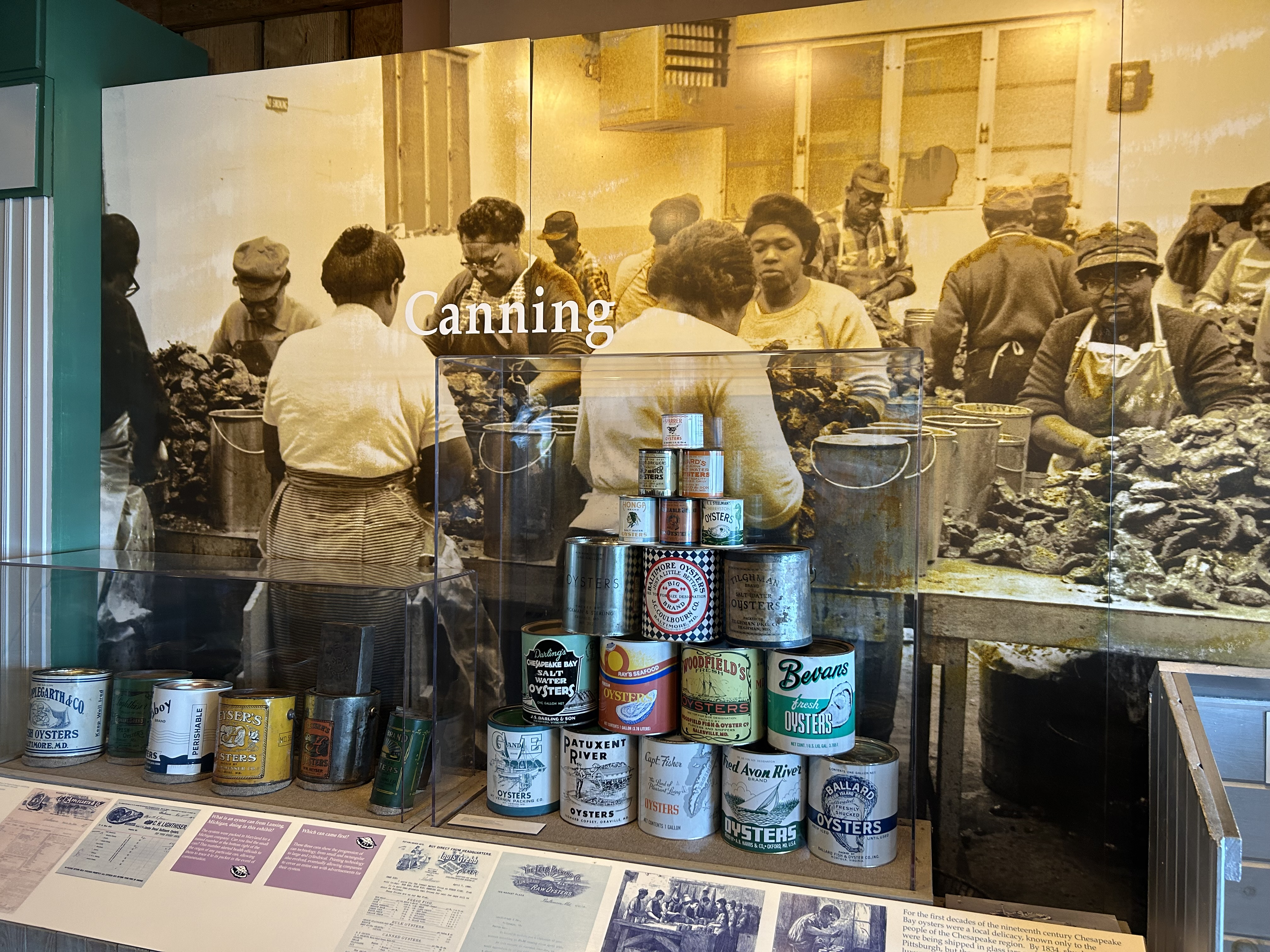
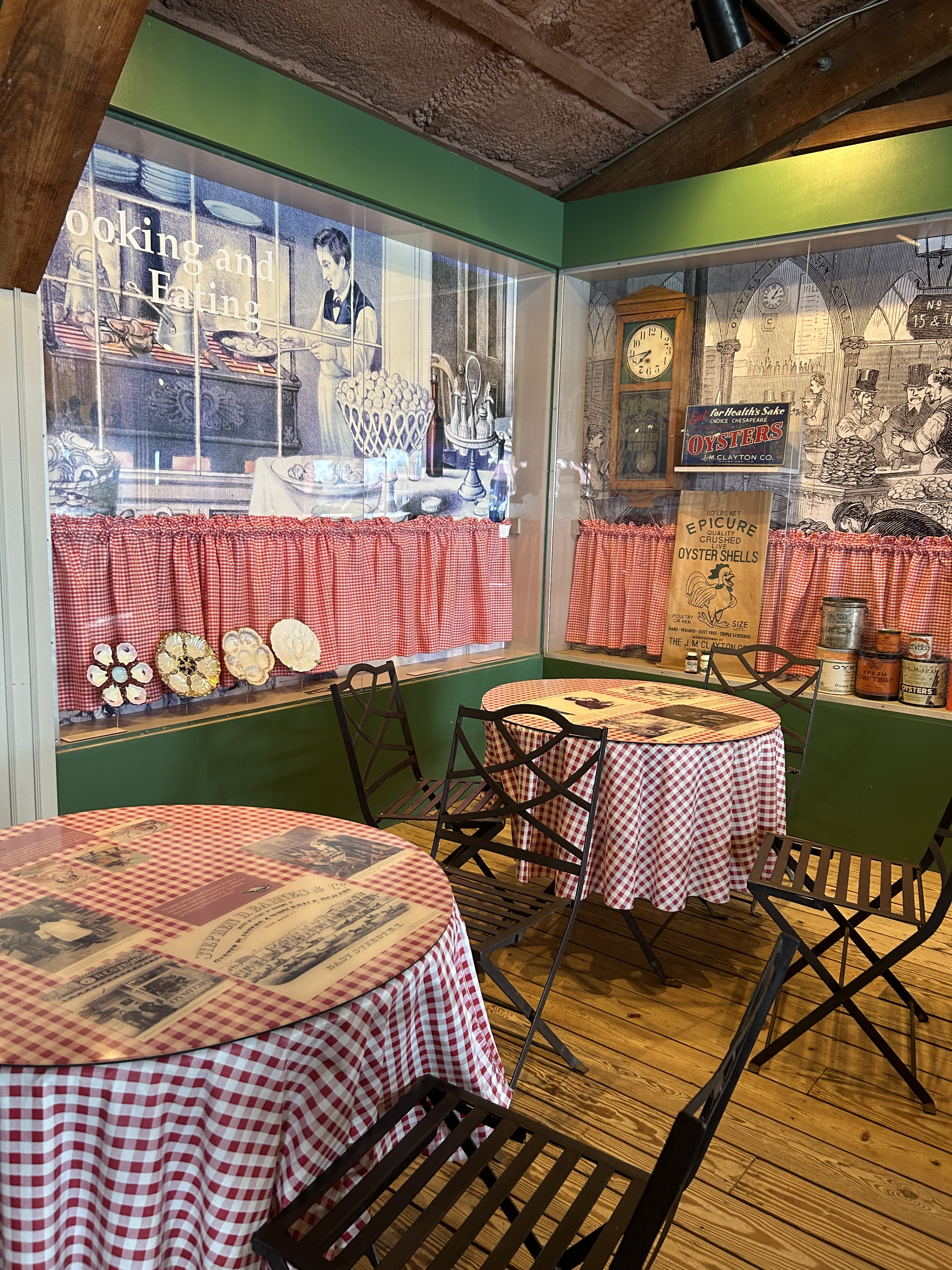
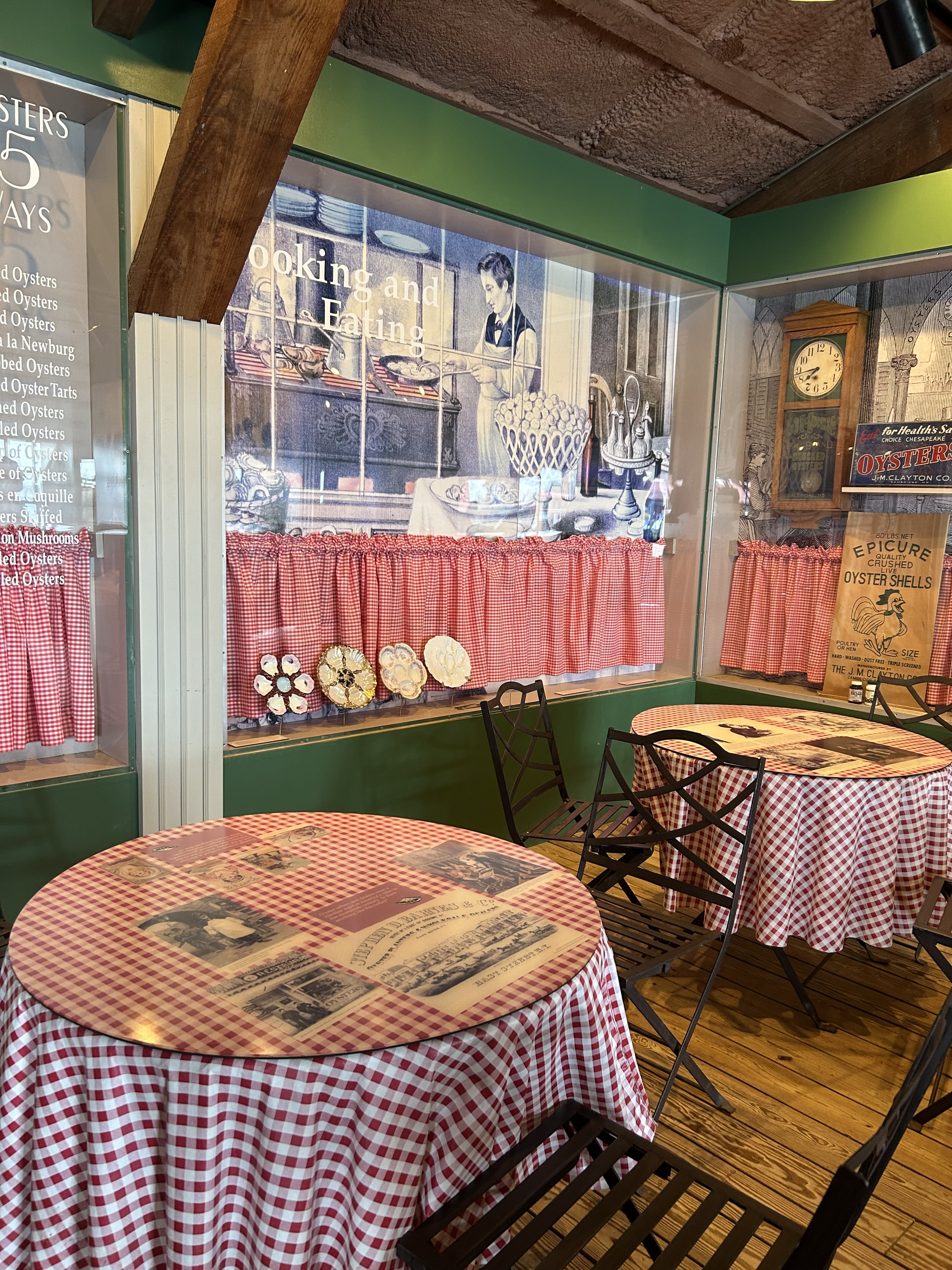
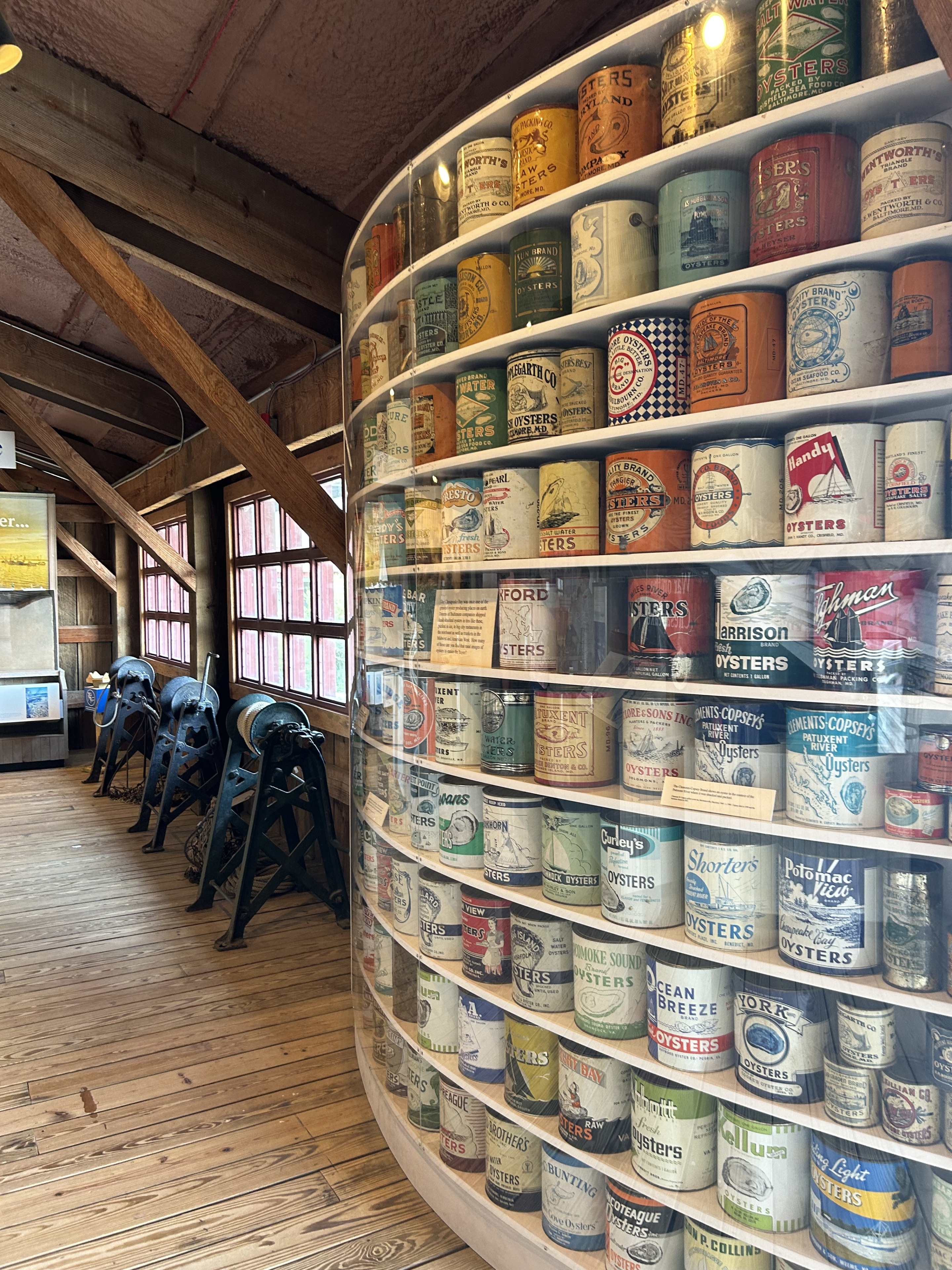
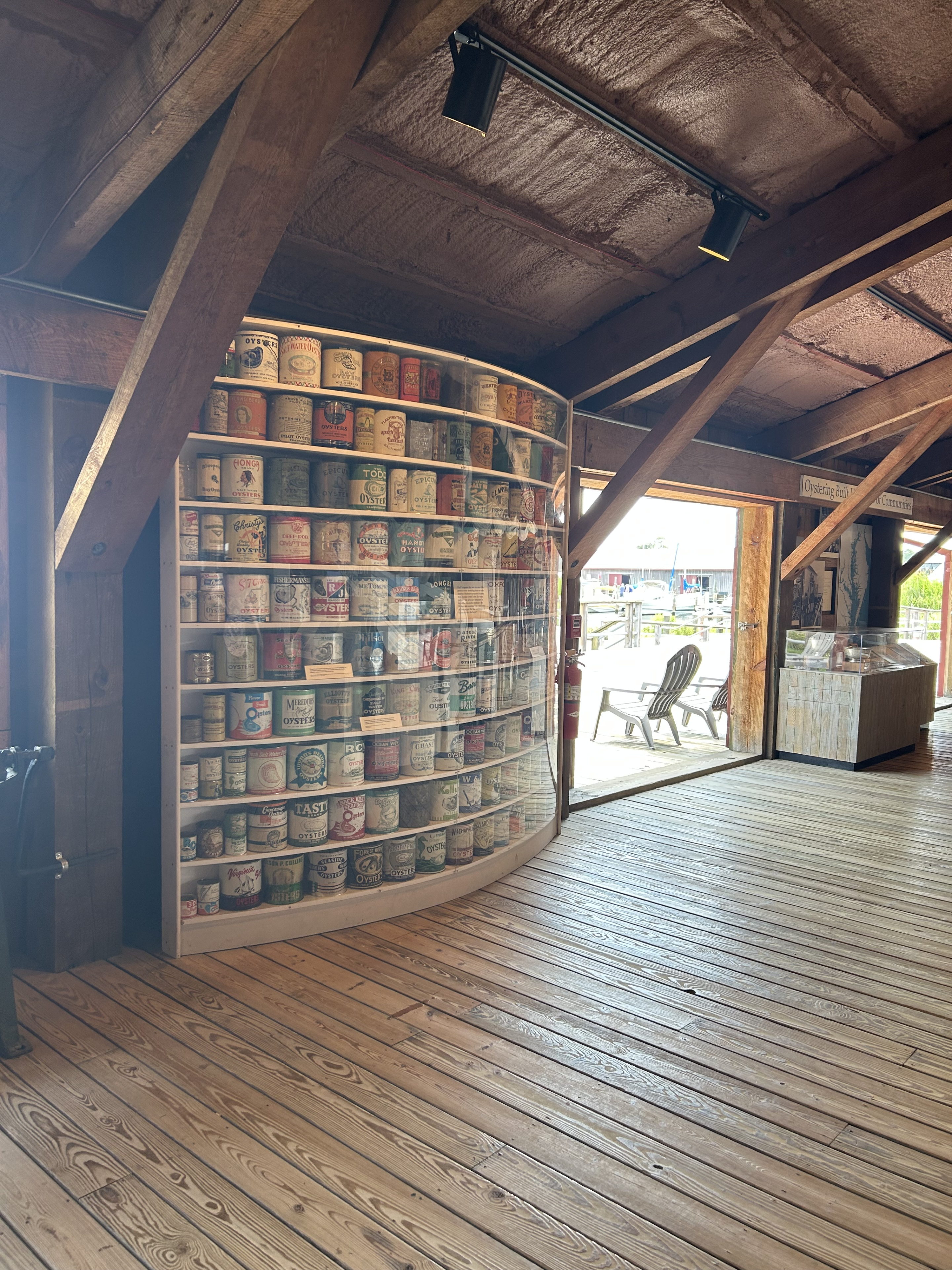

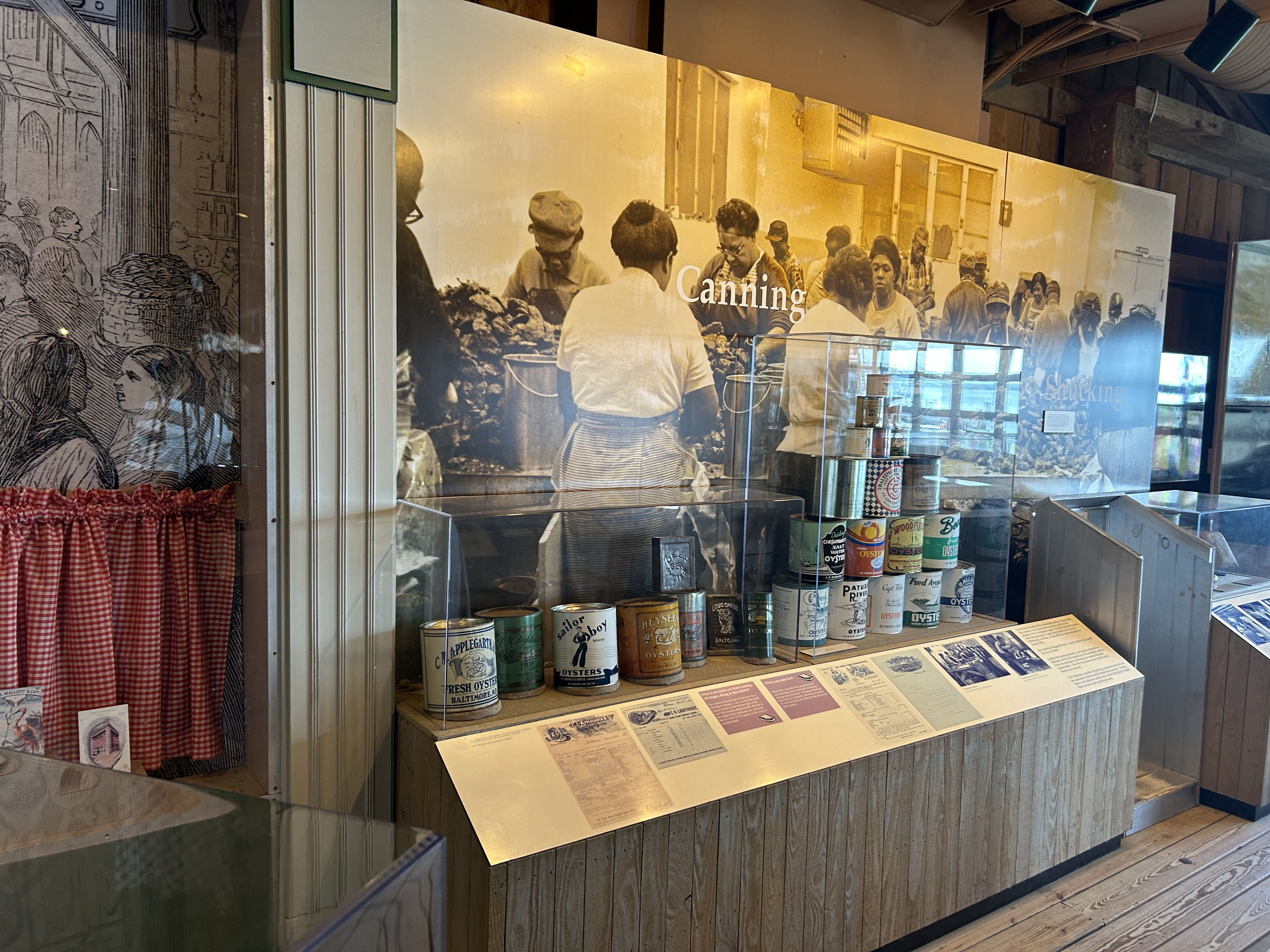
Mitchell House & Heirloom Garden @CBMM
